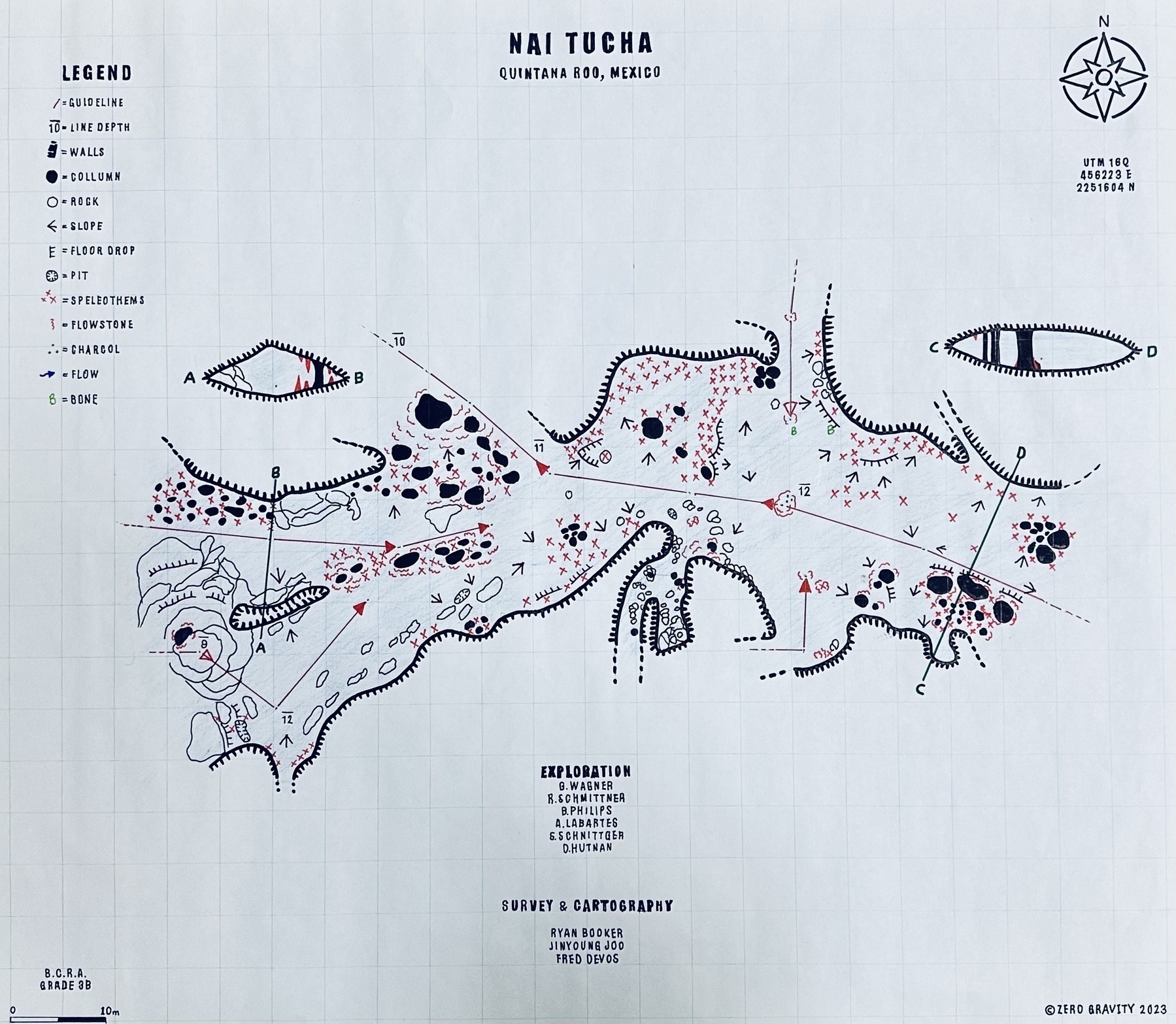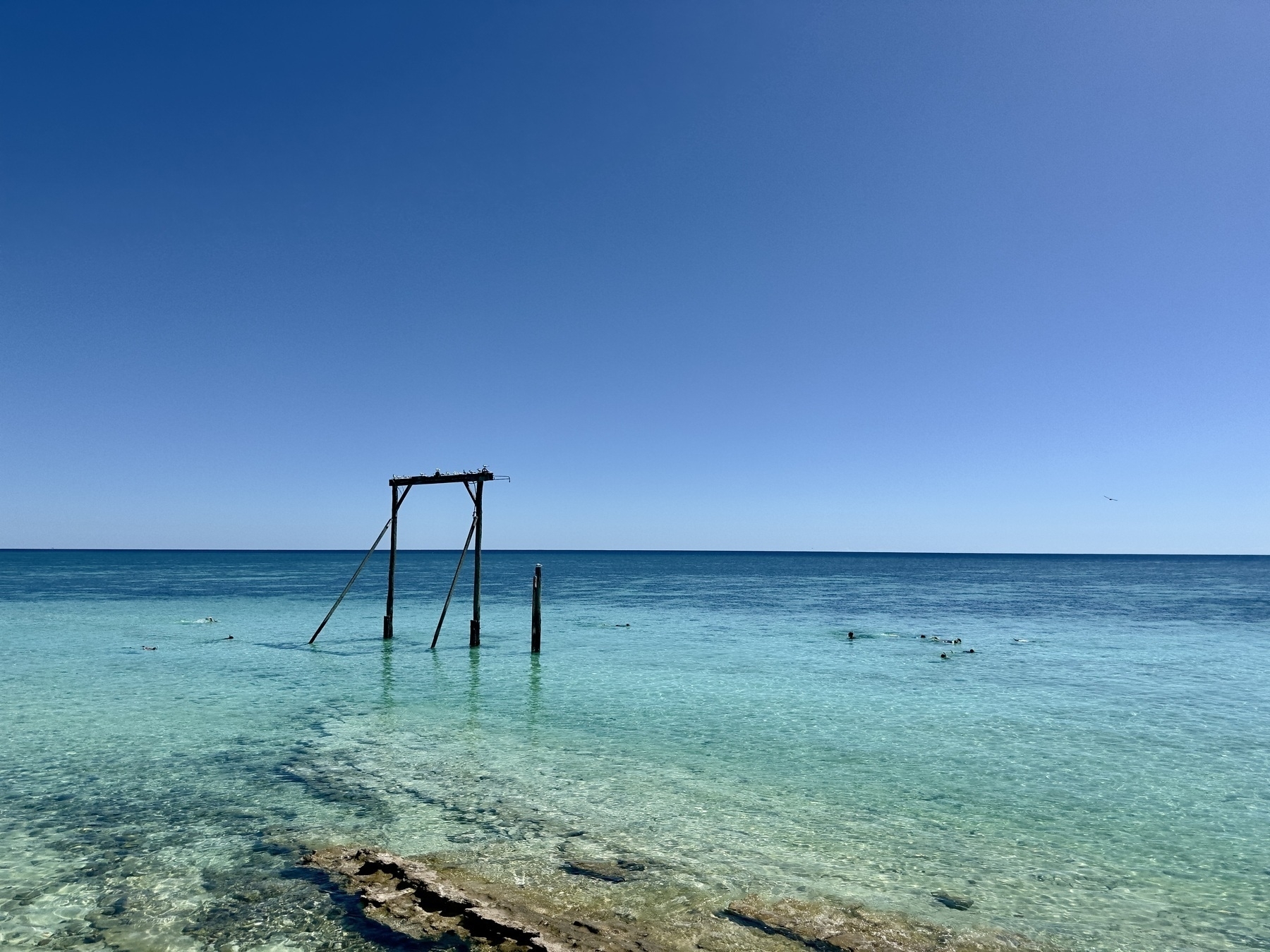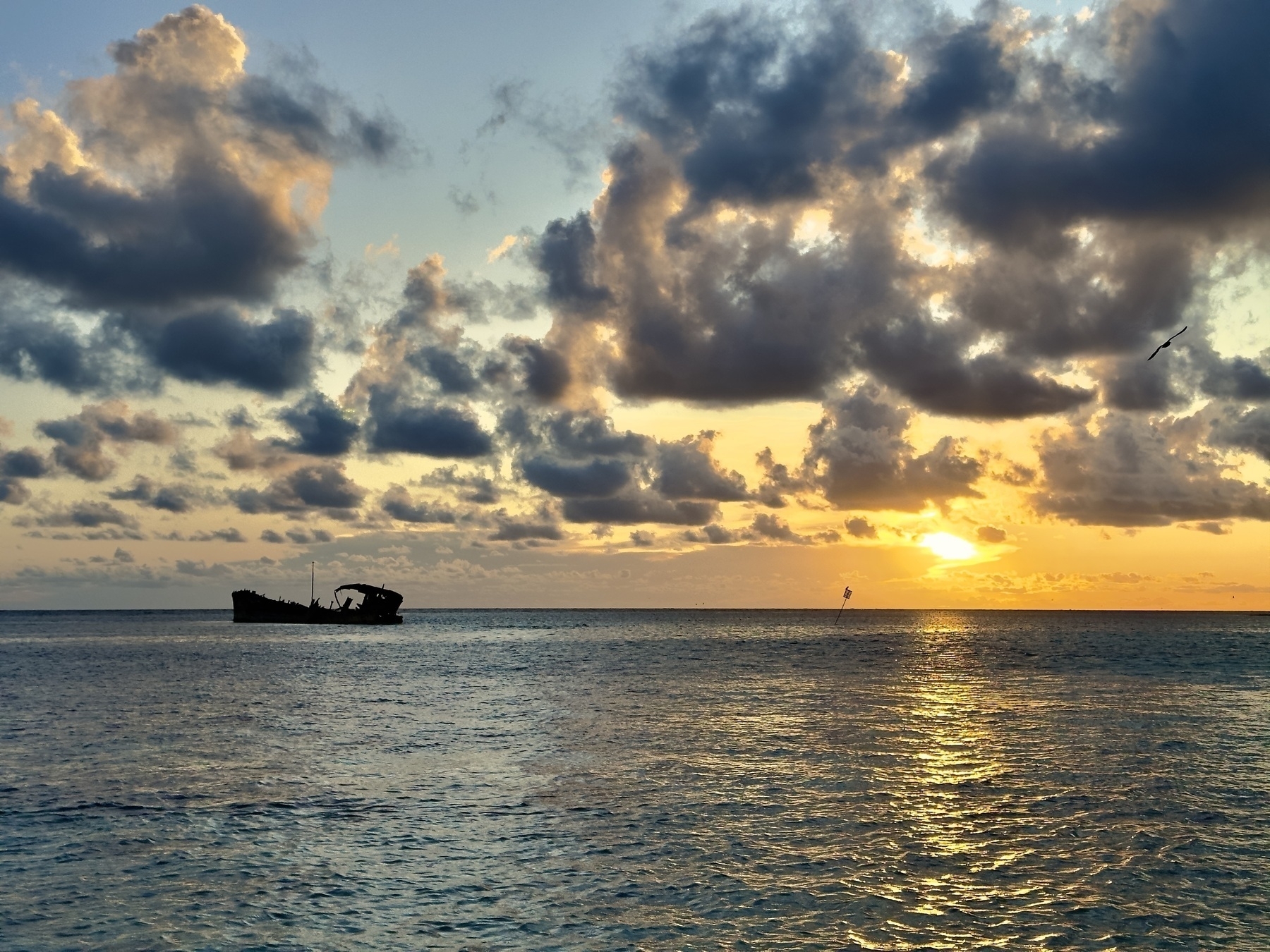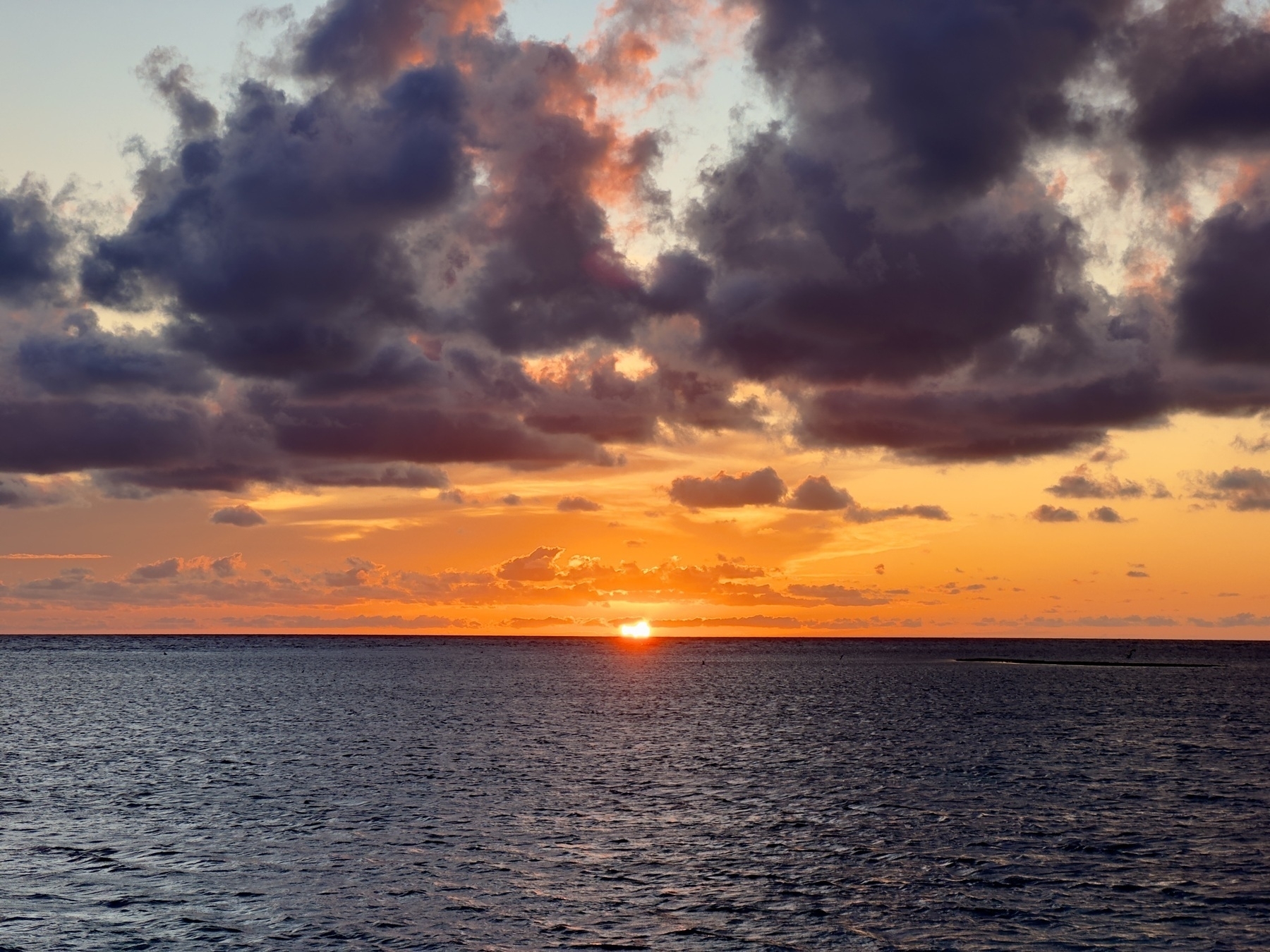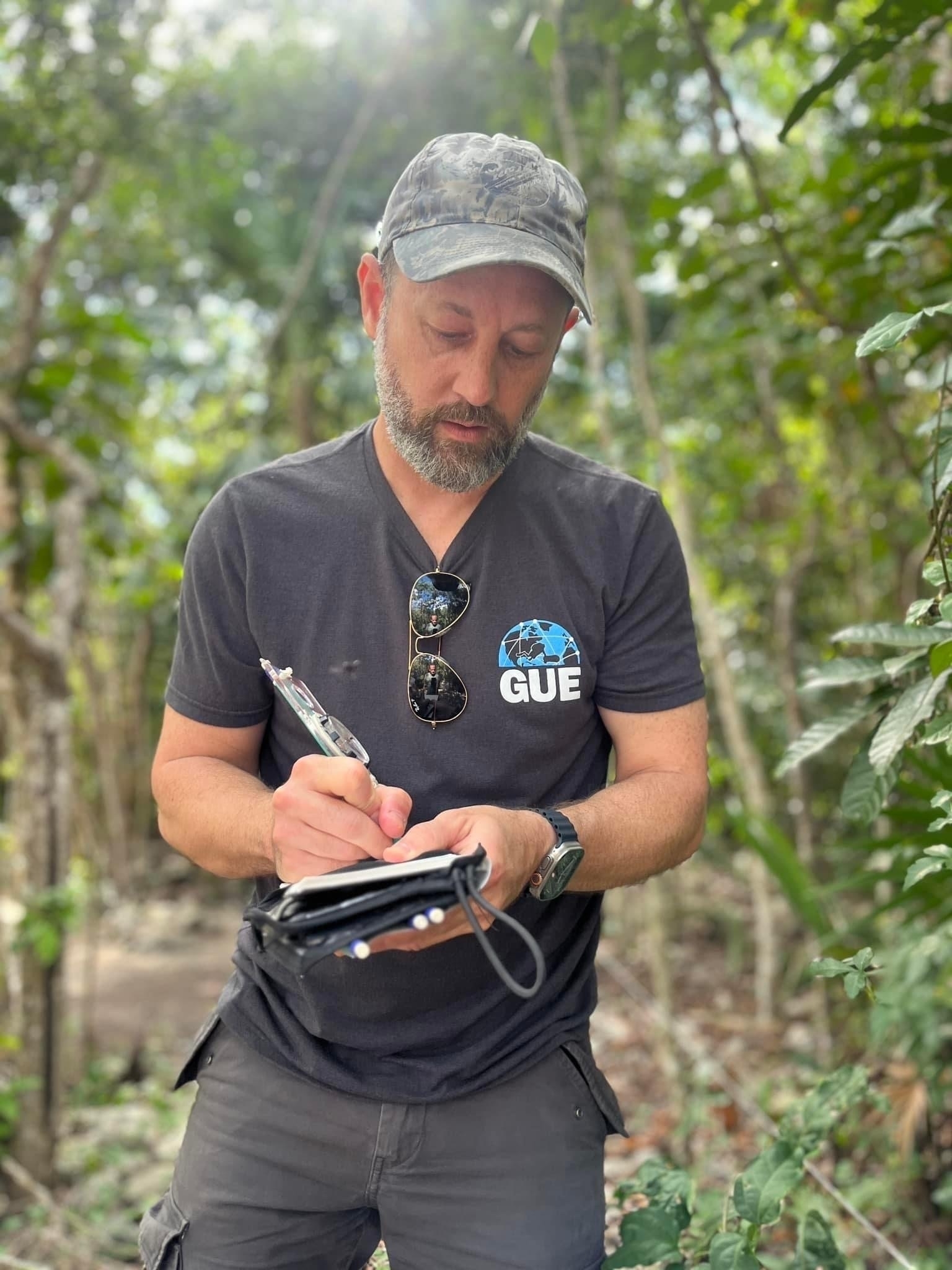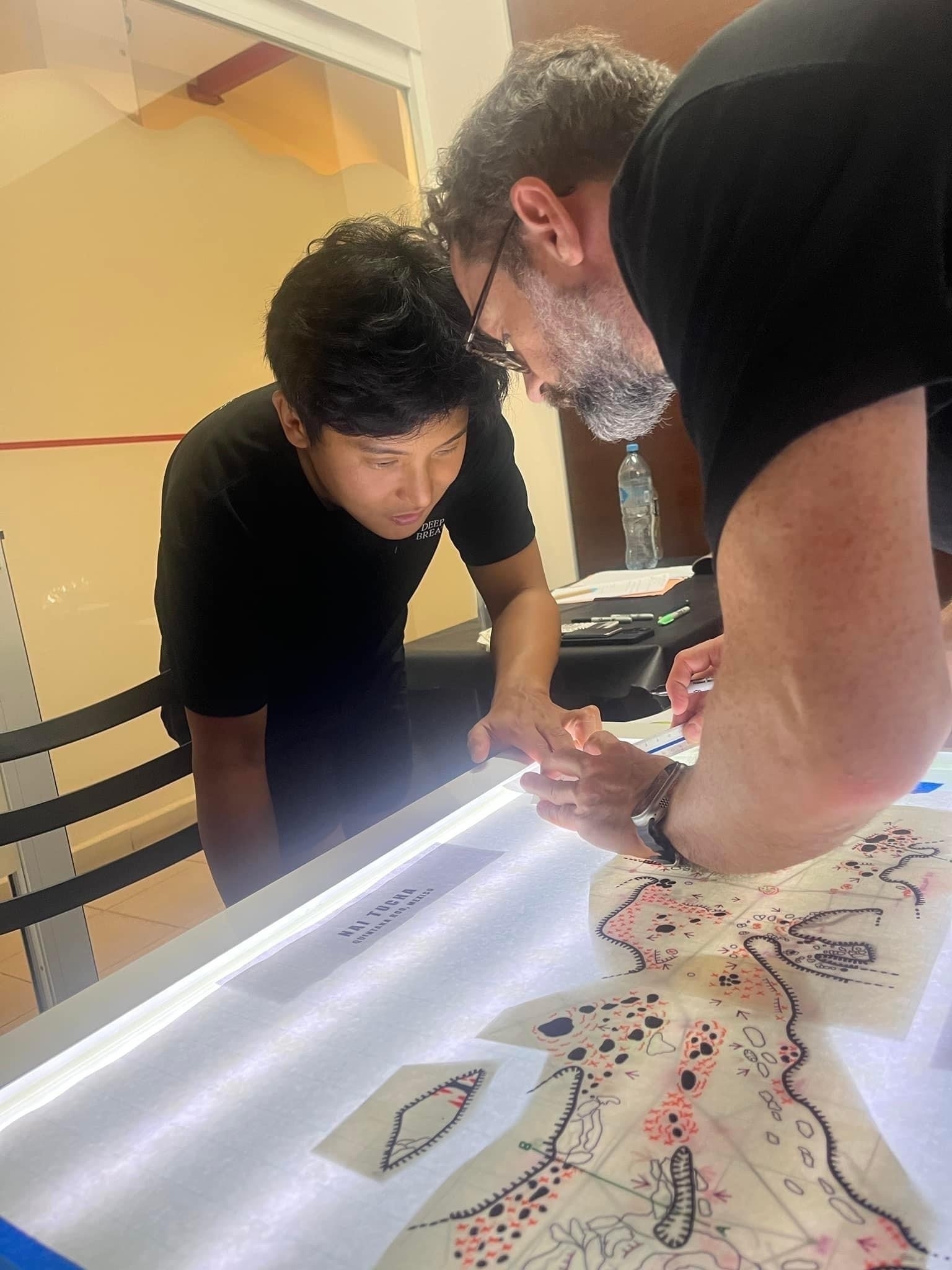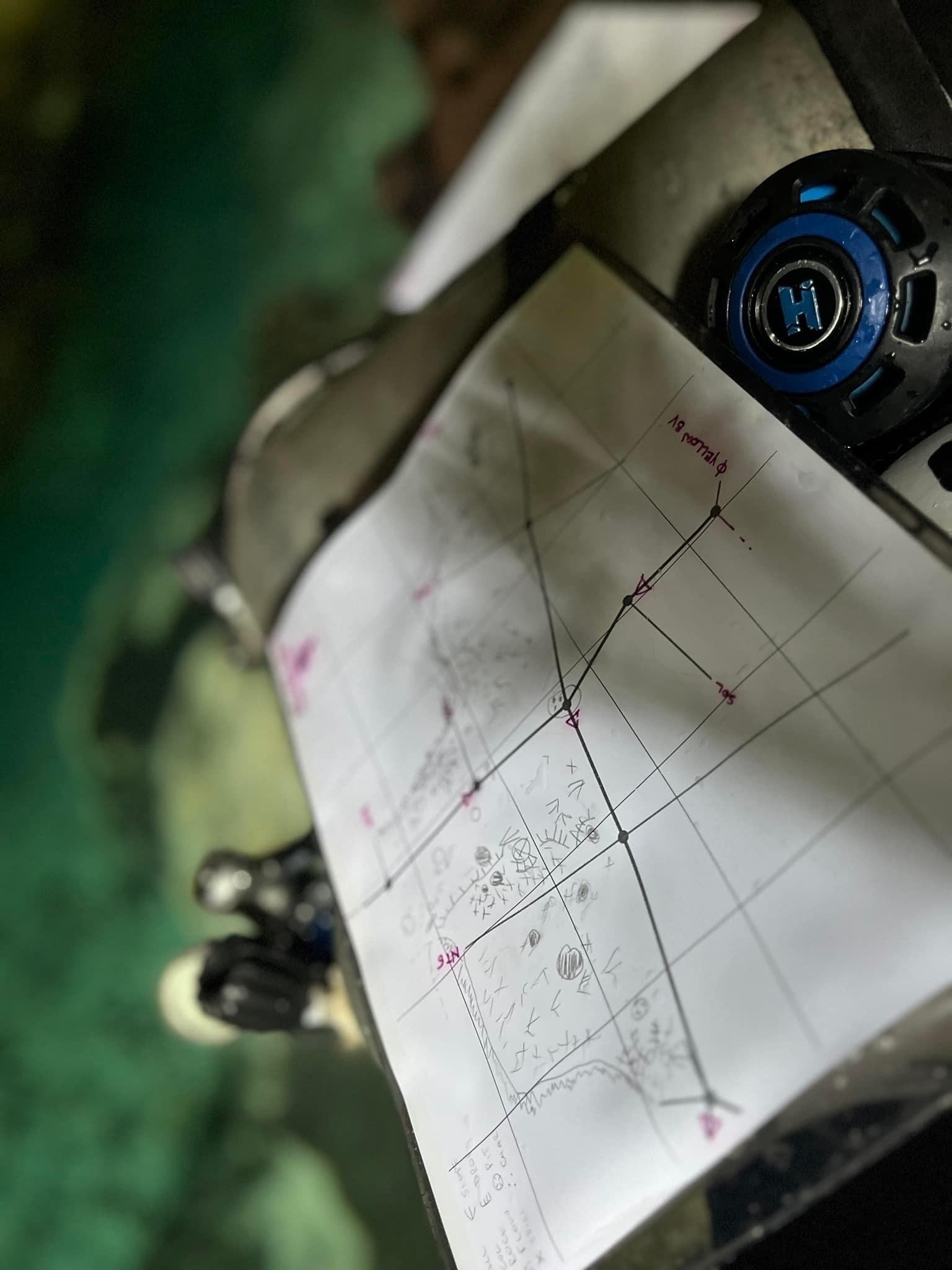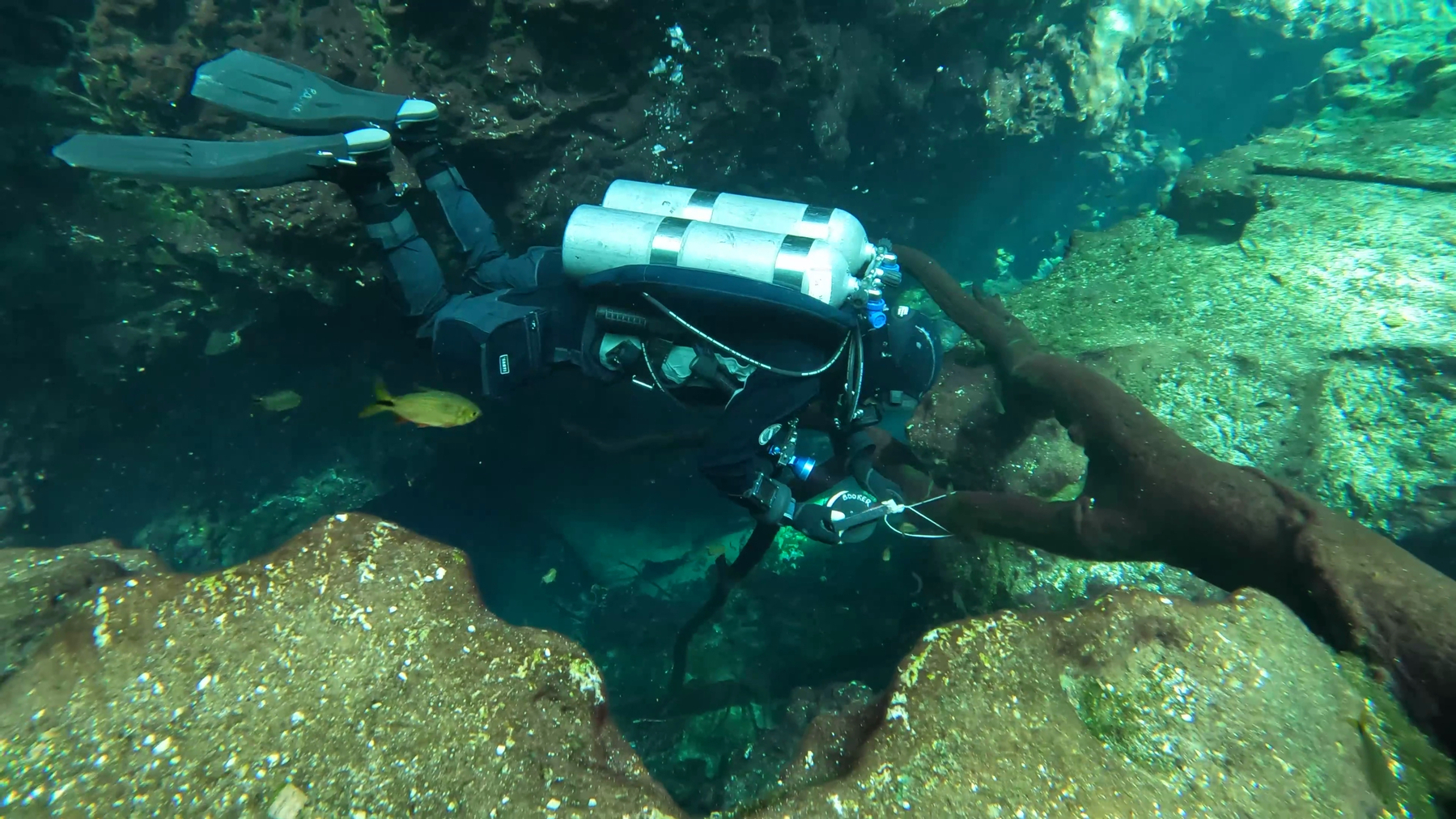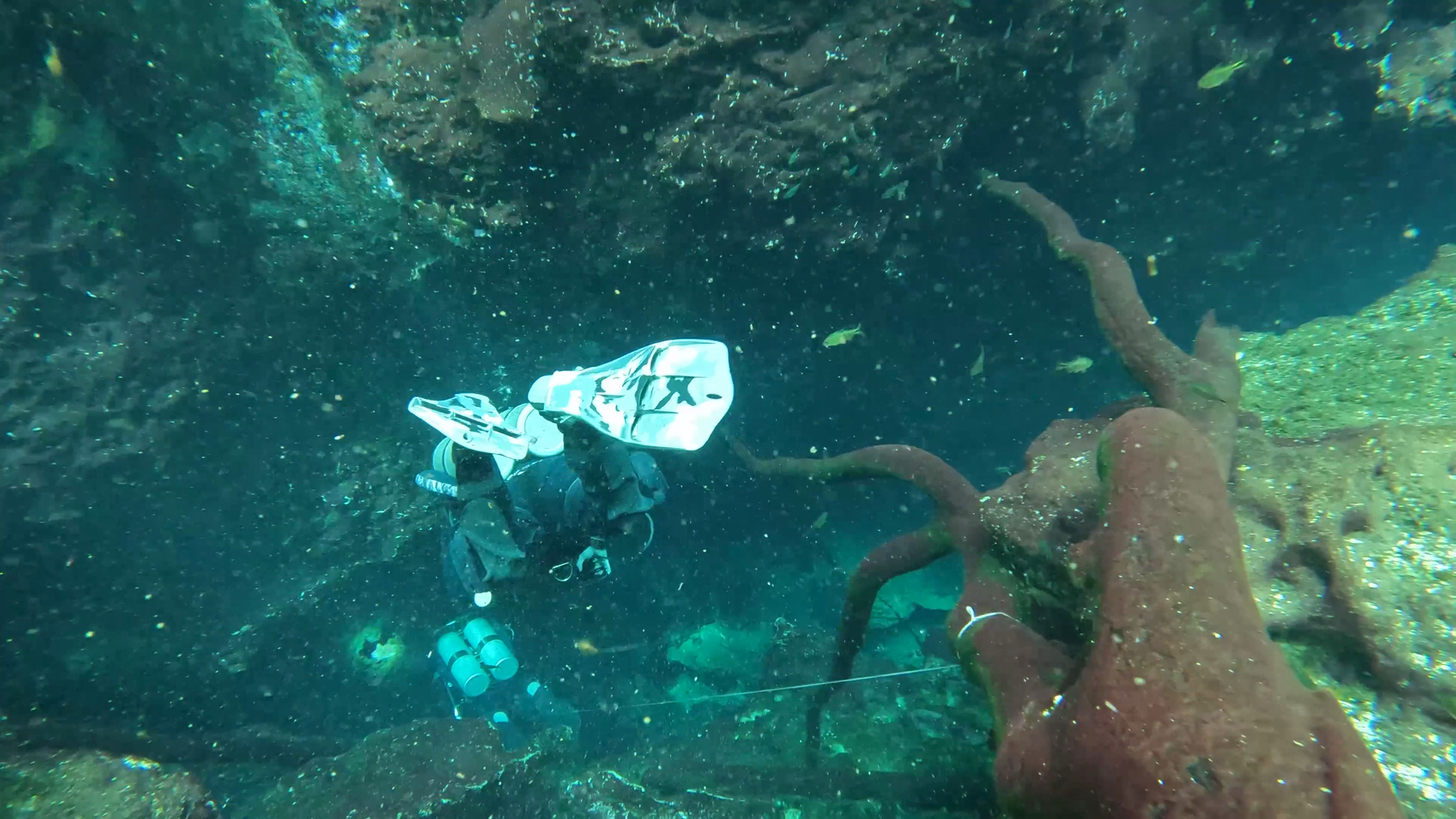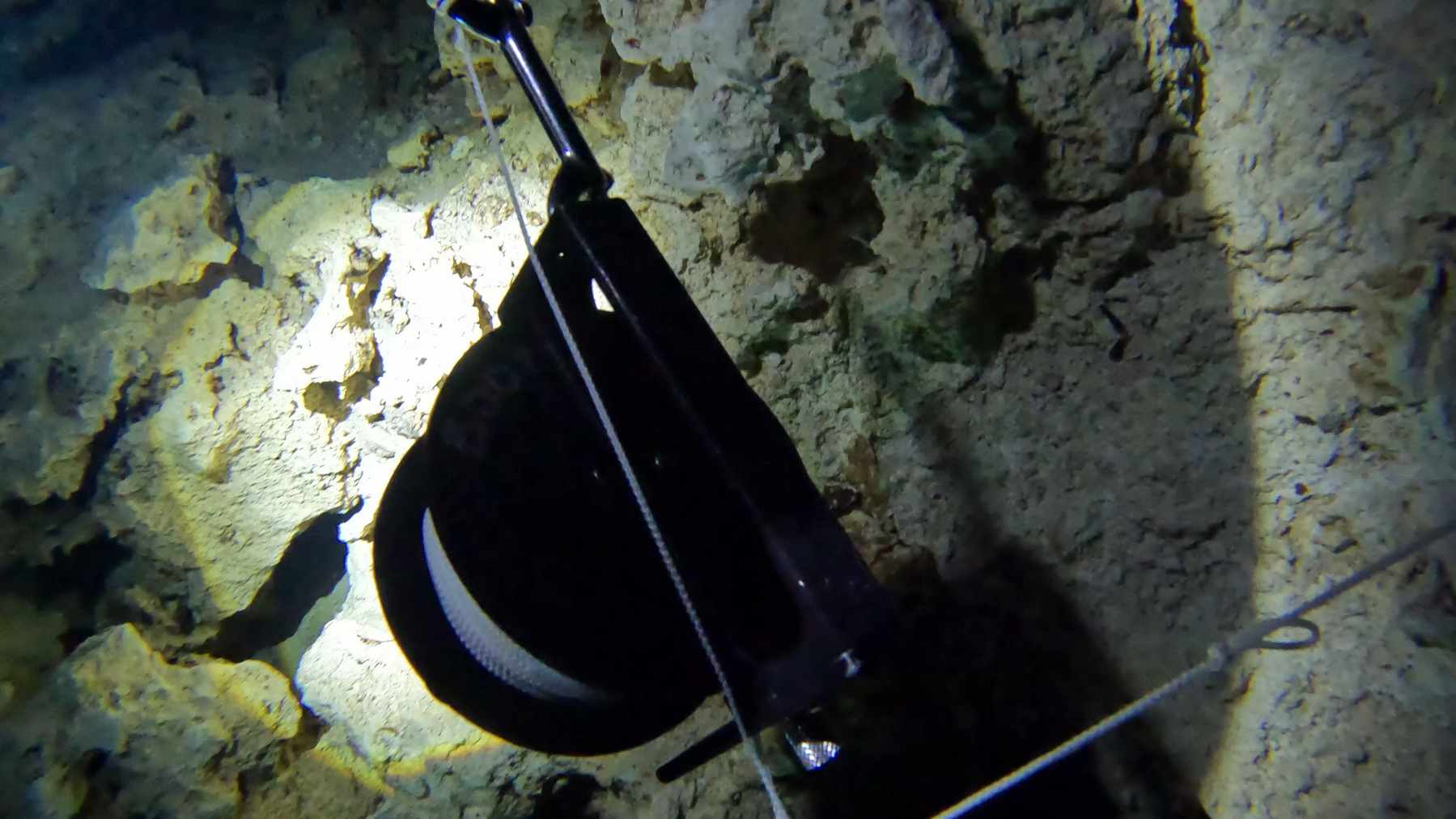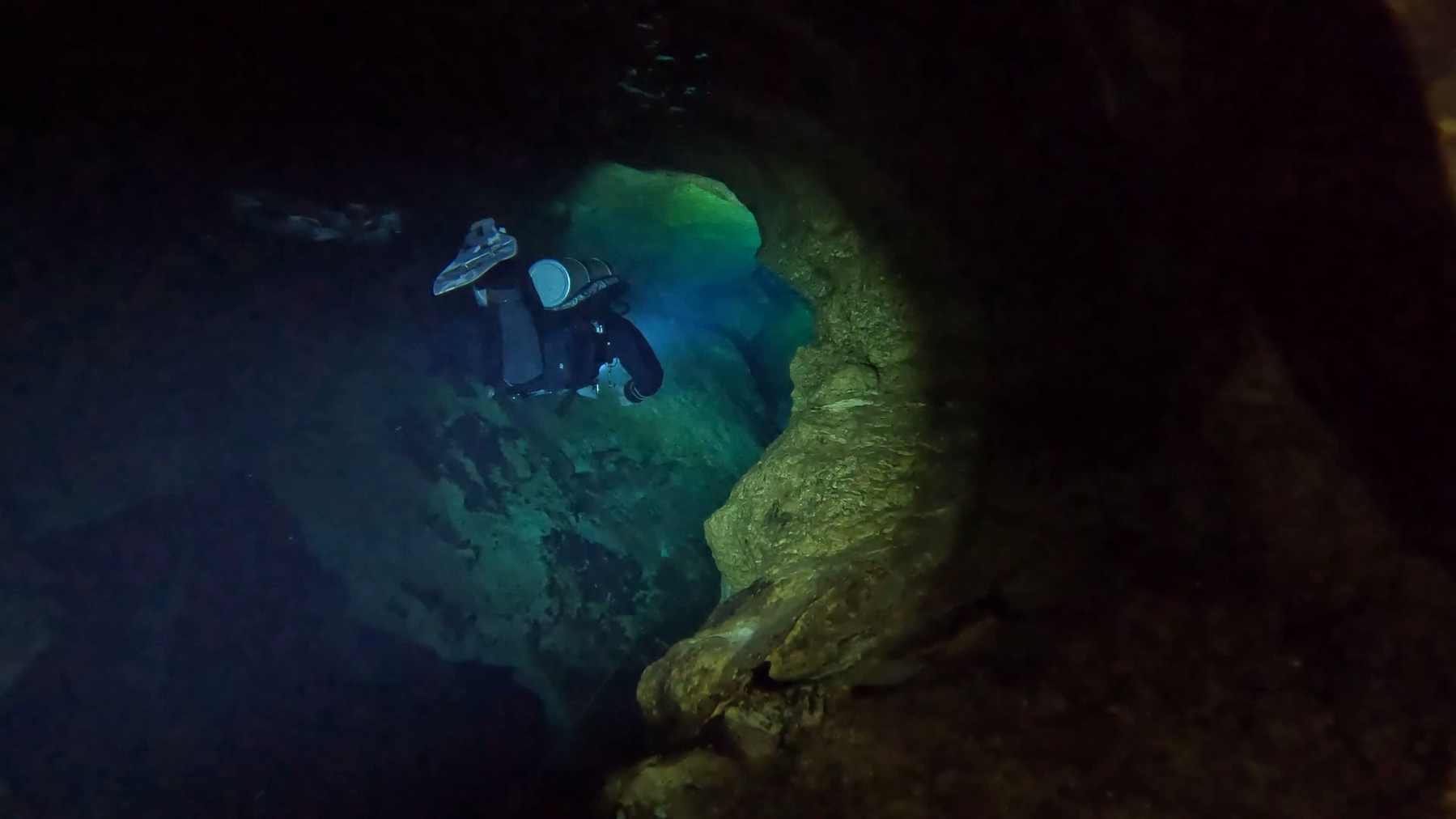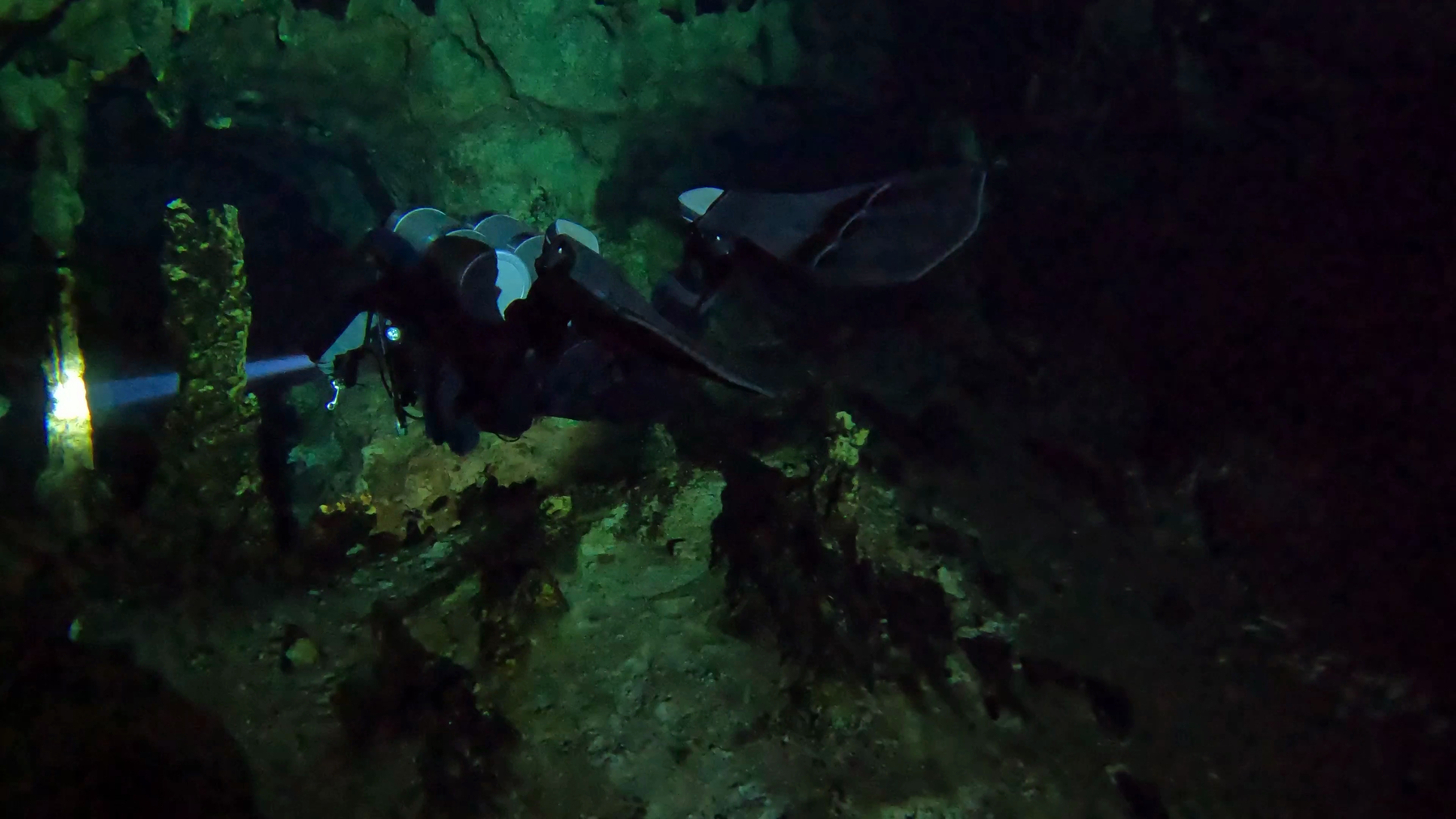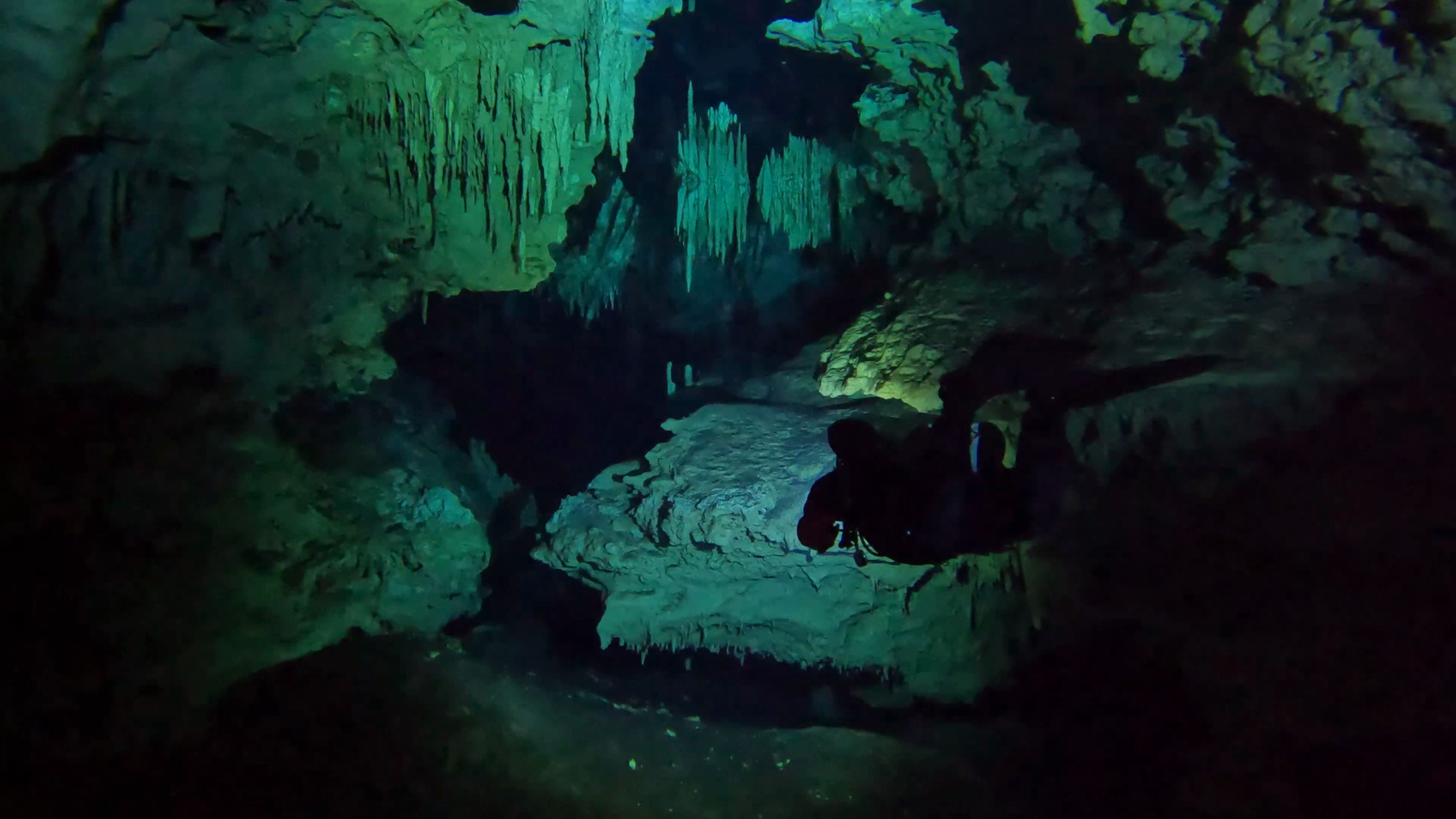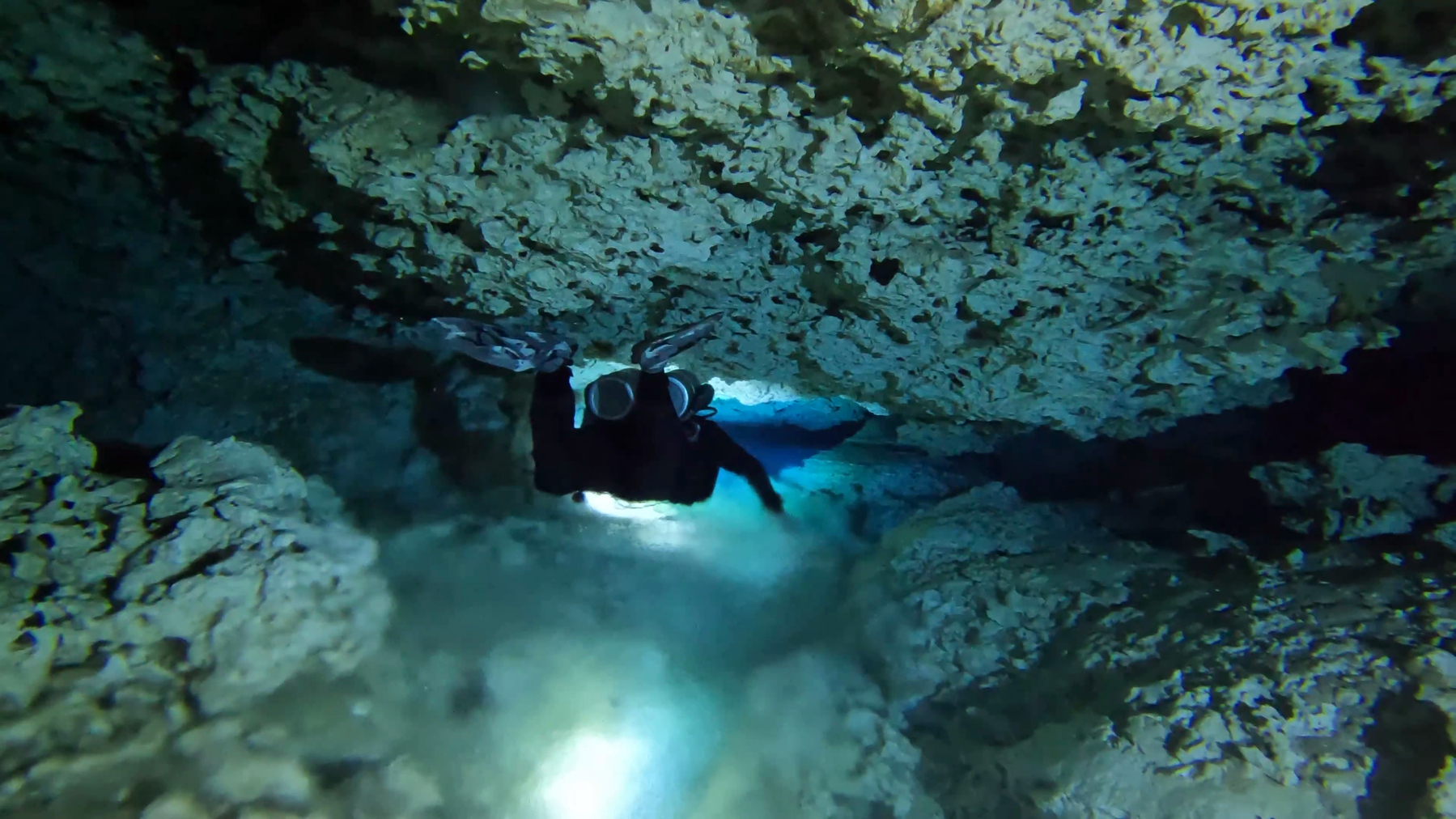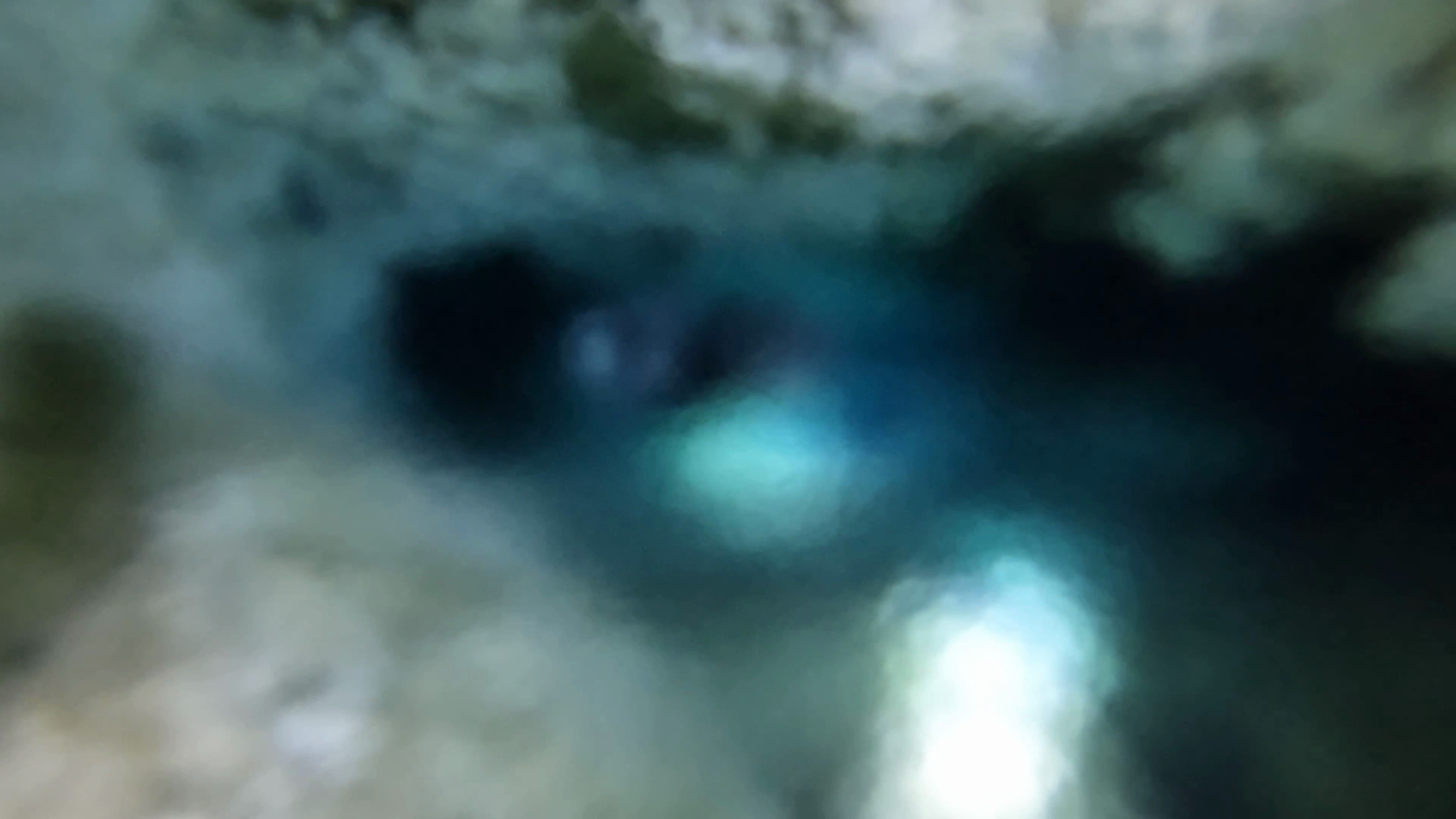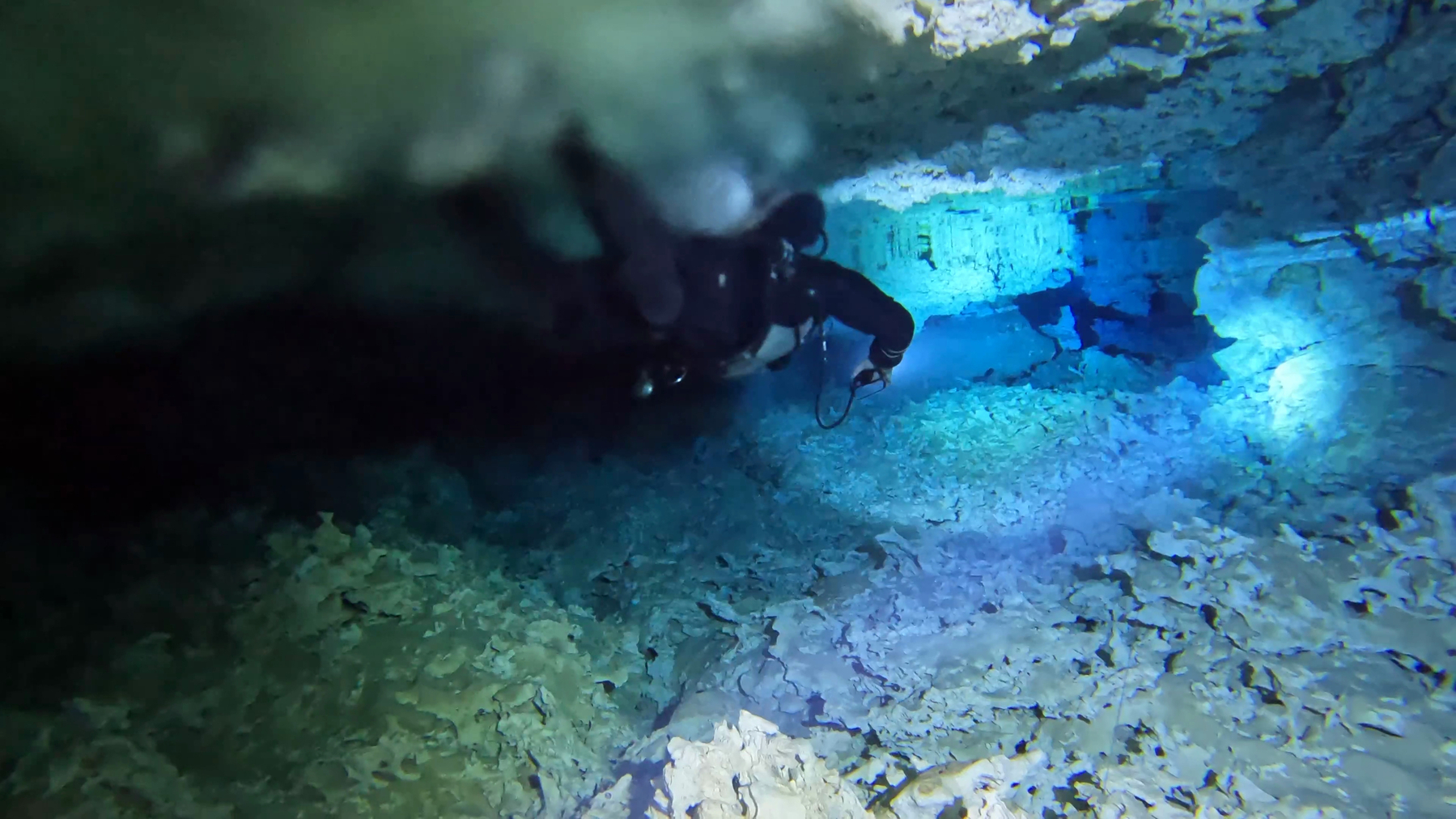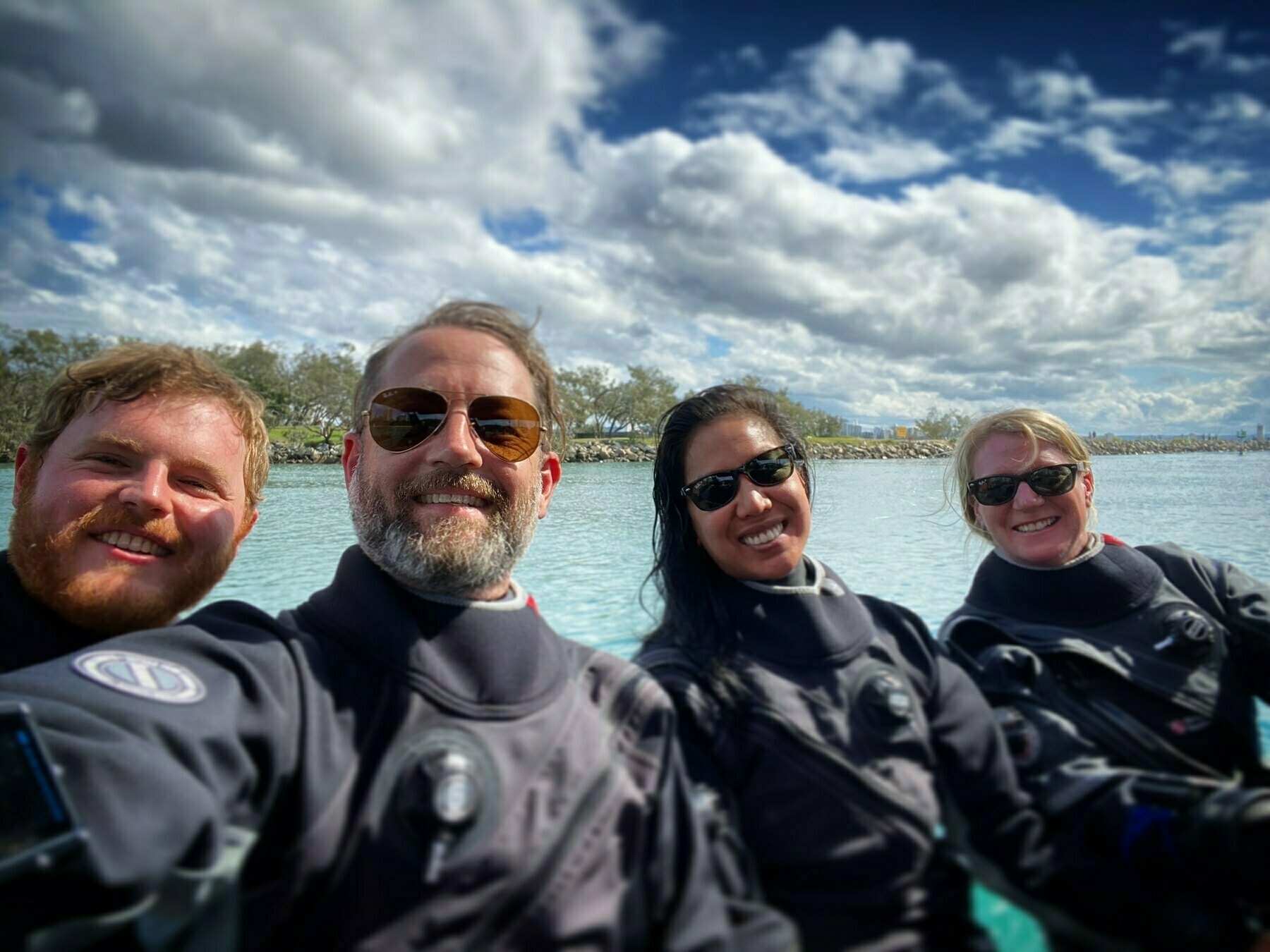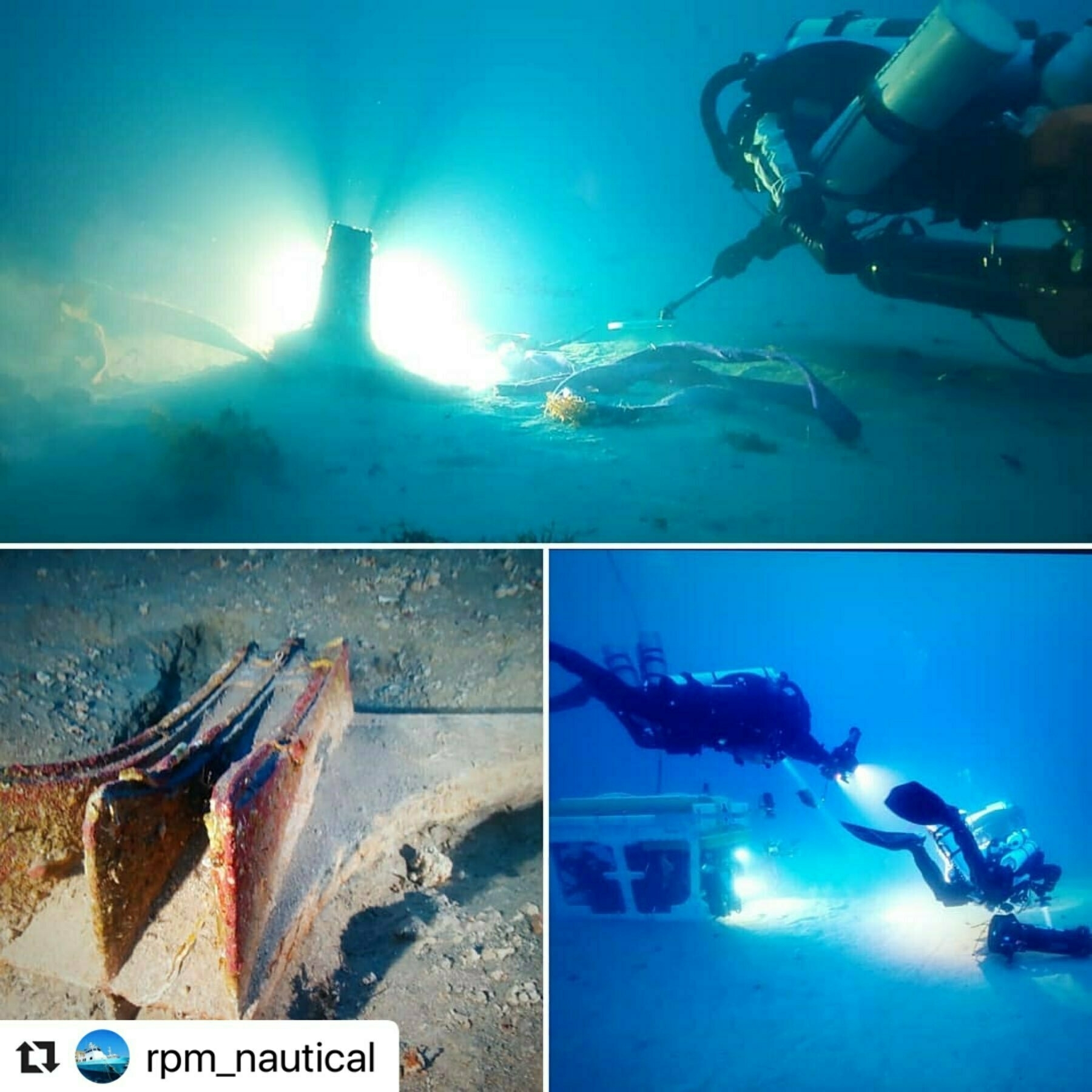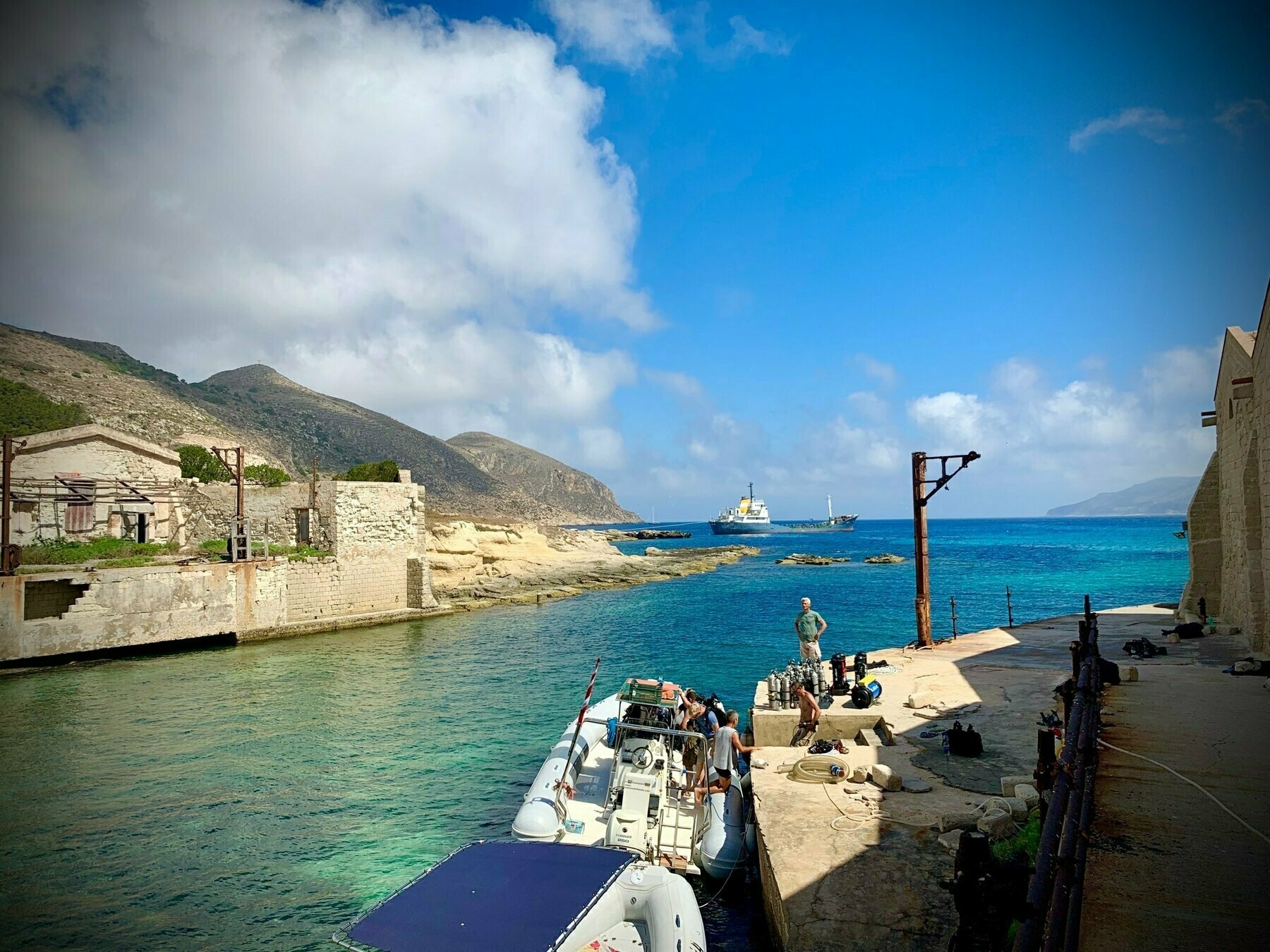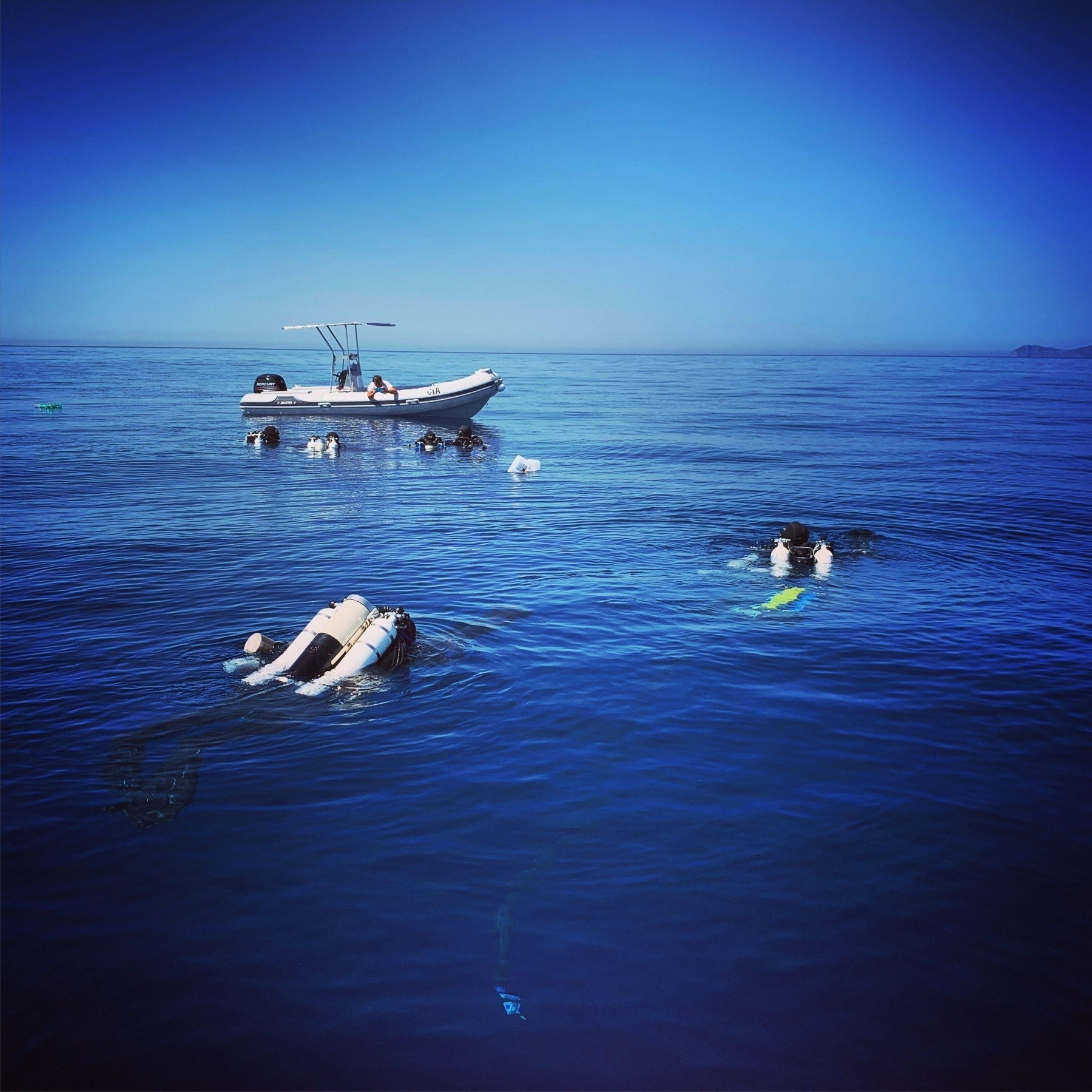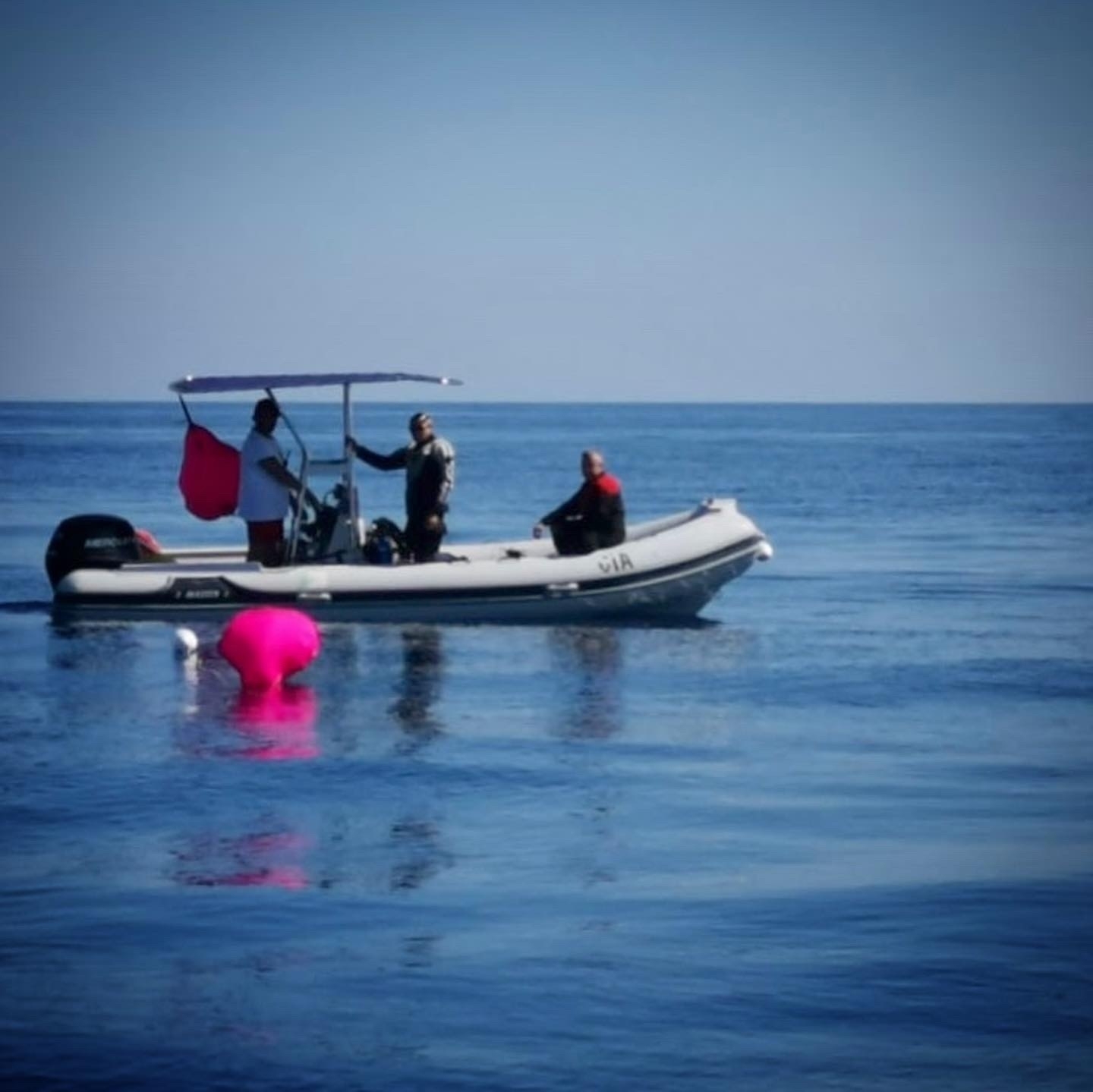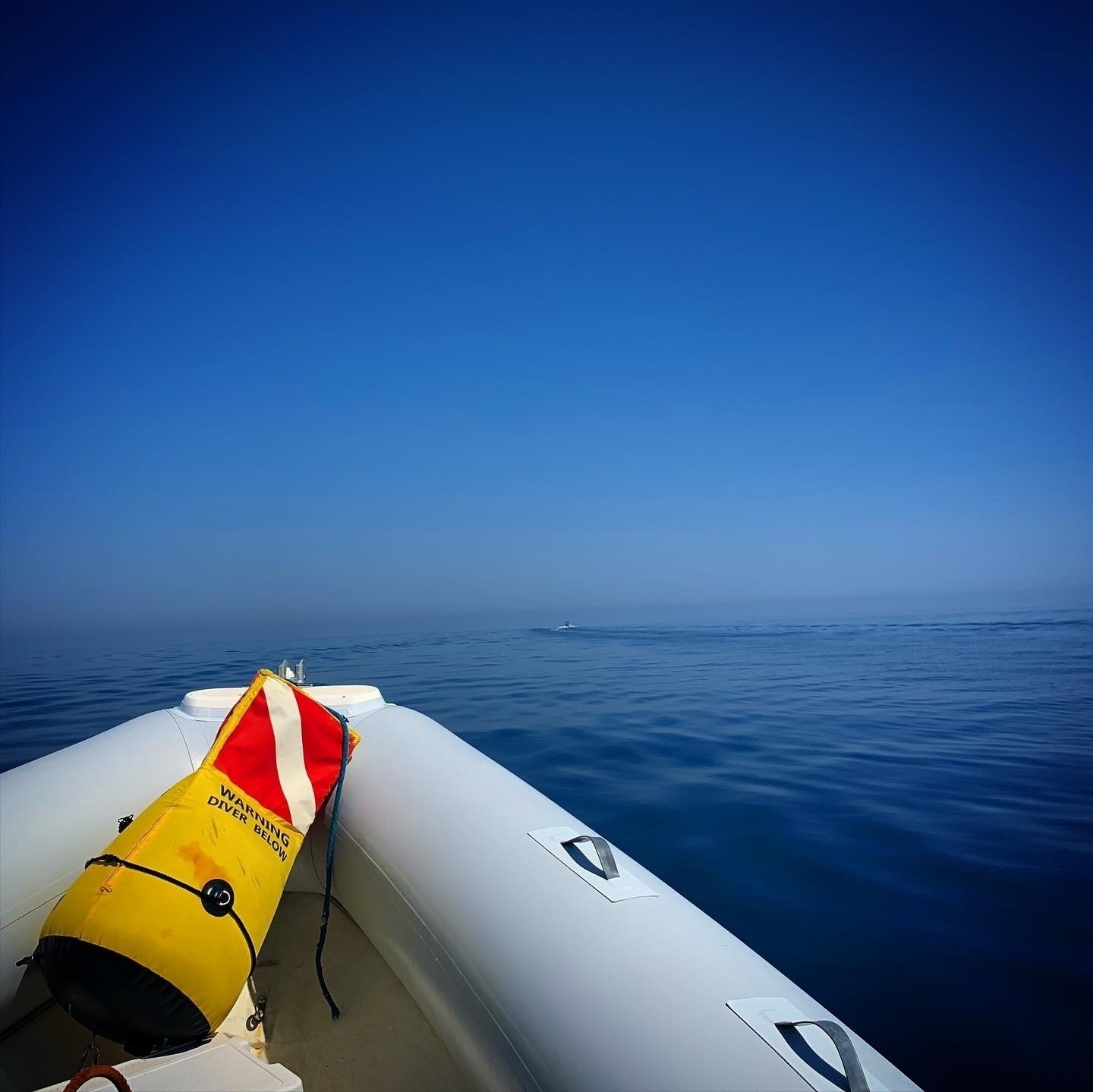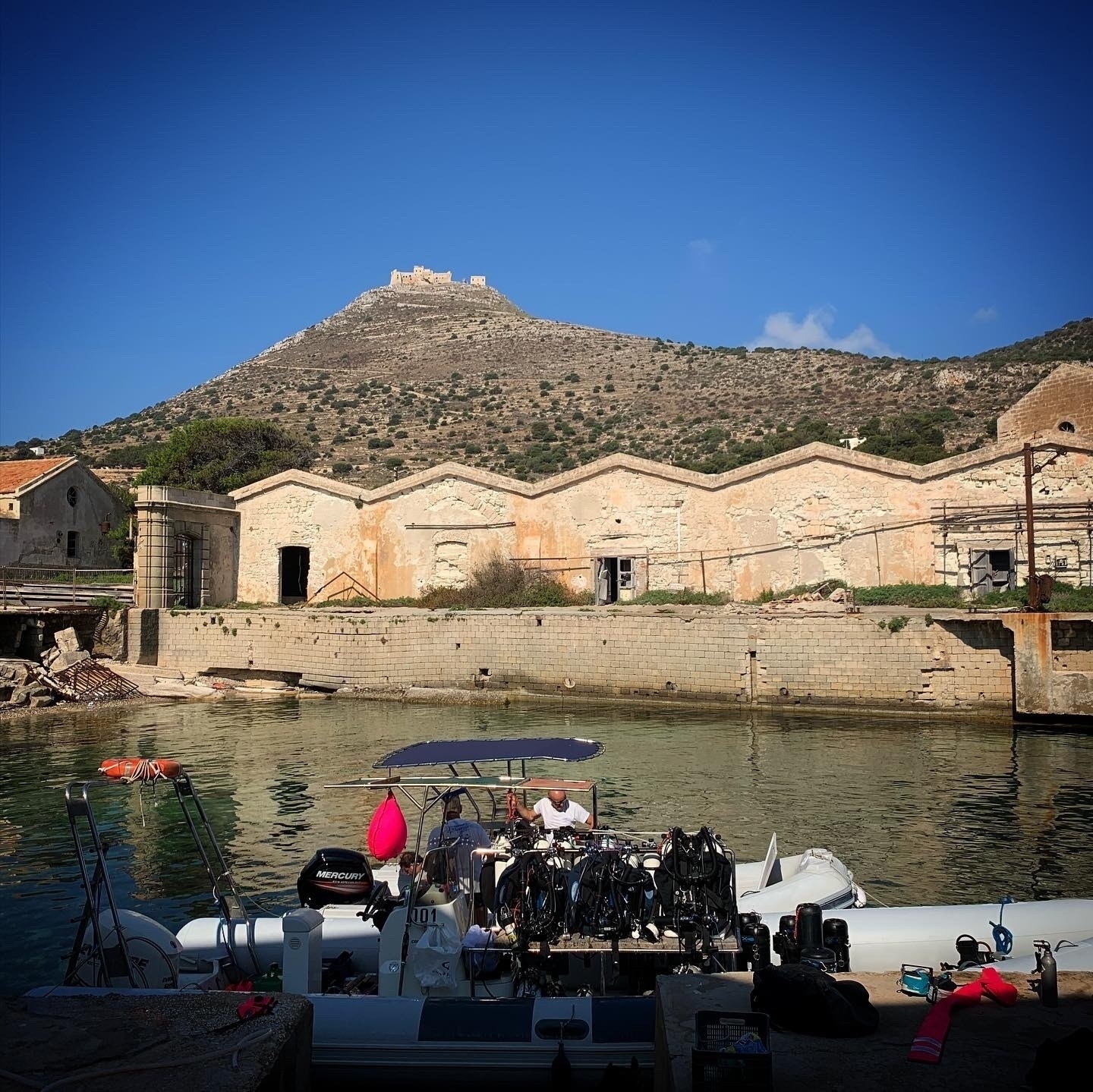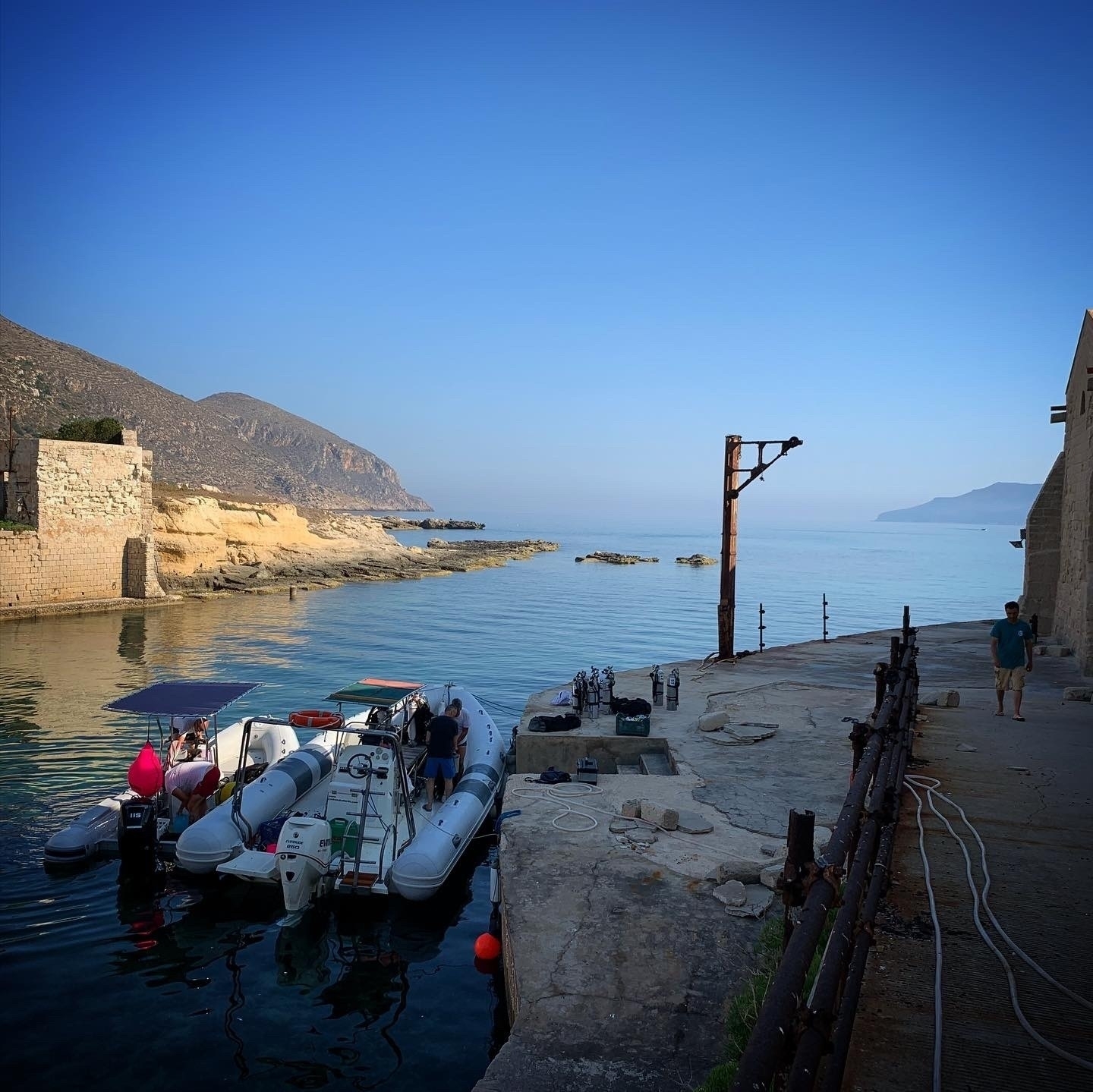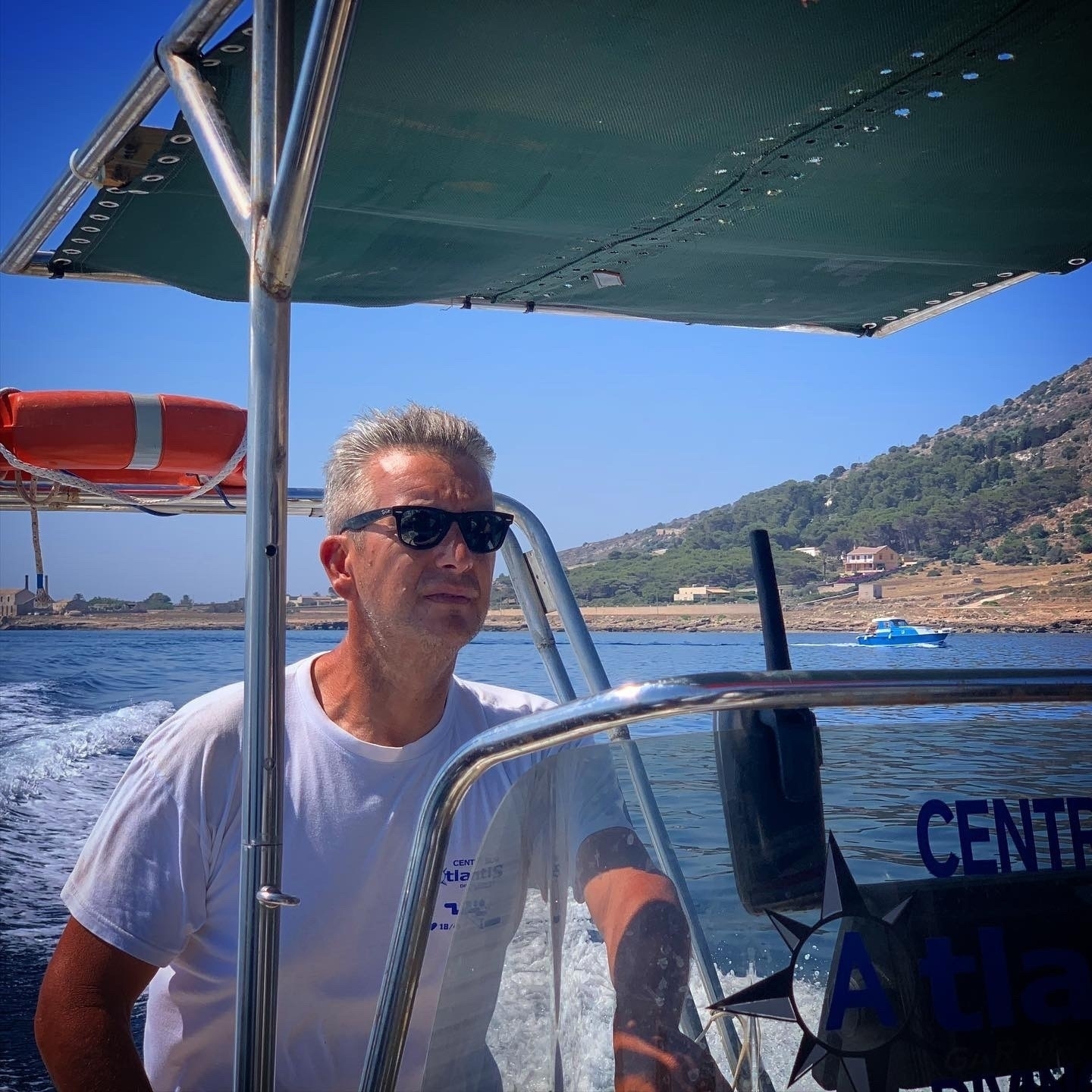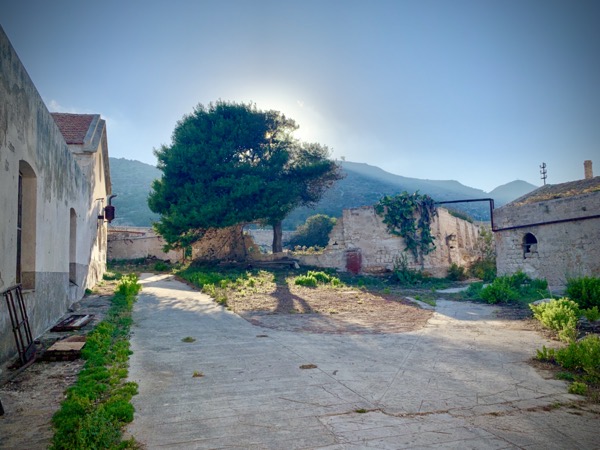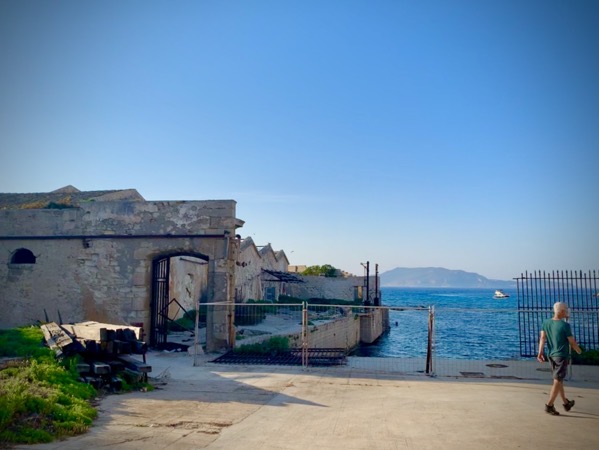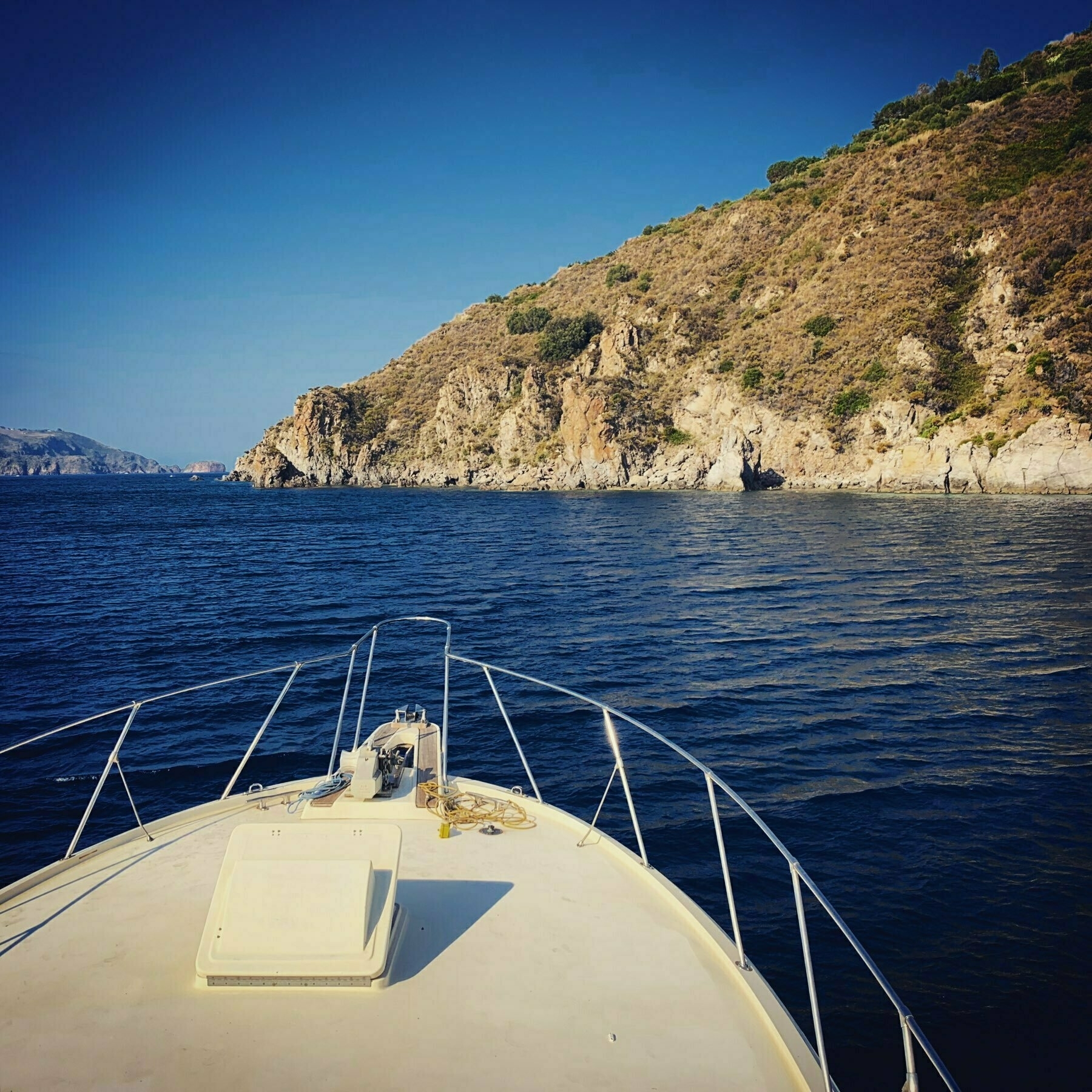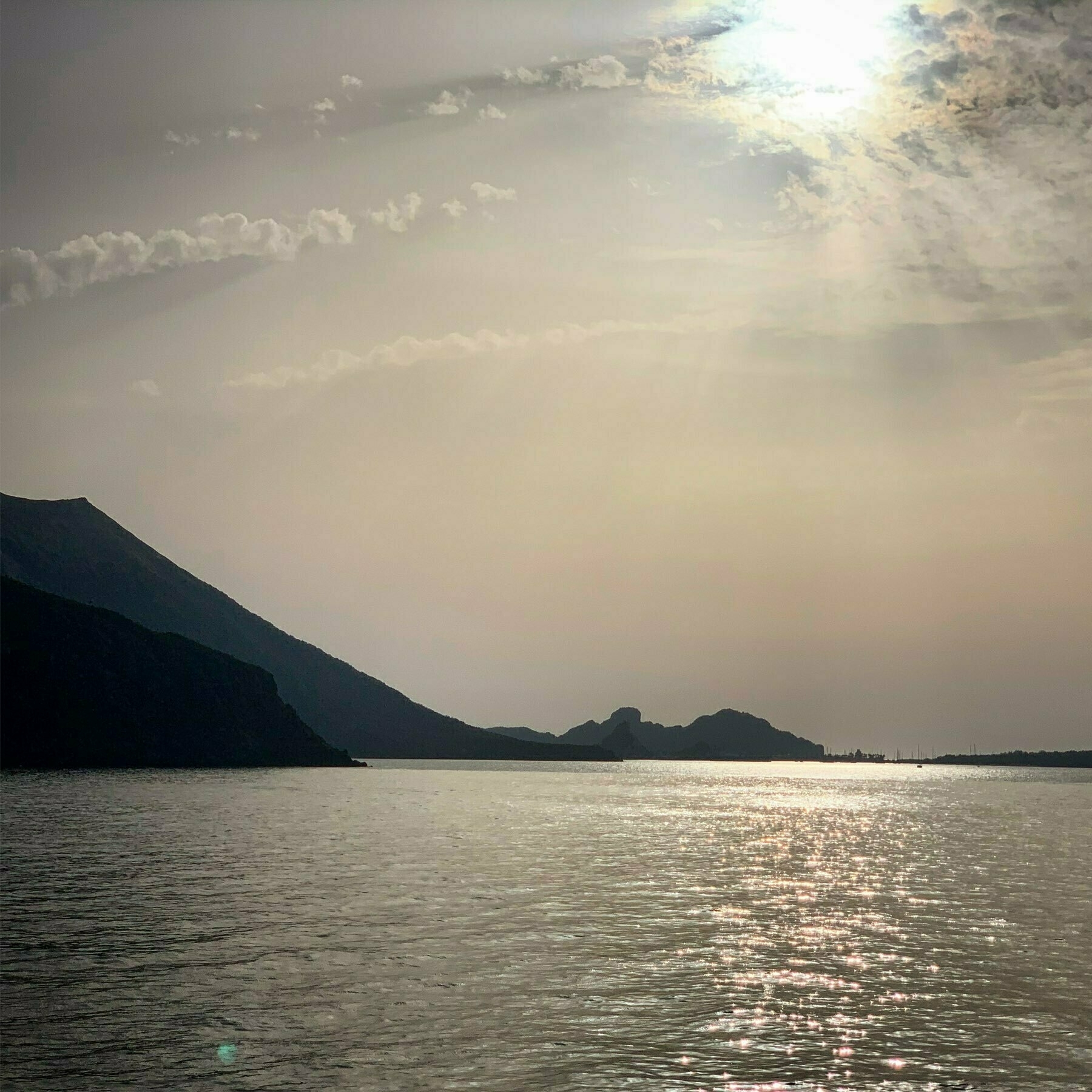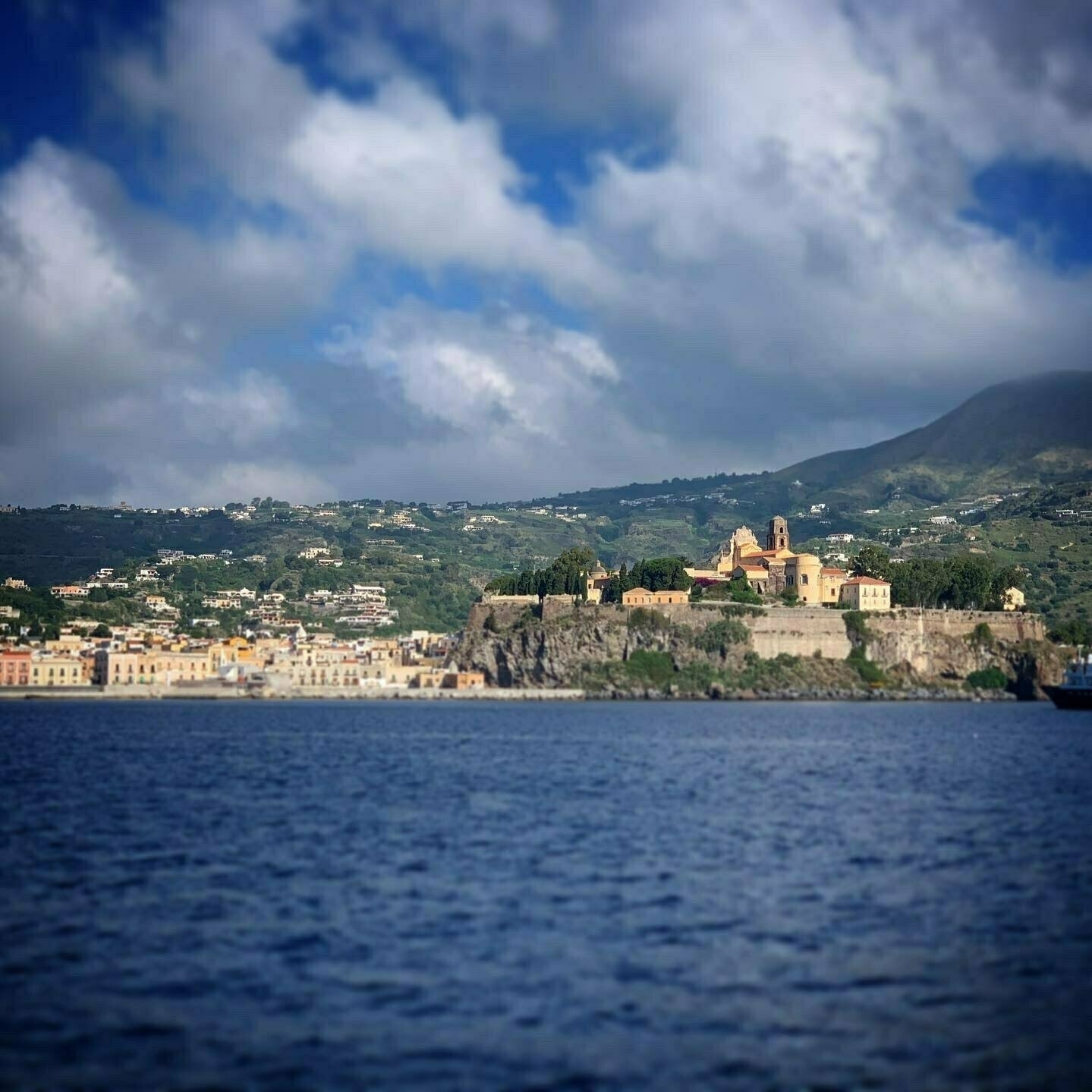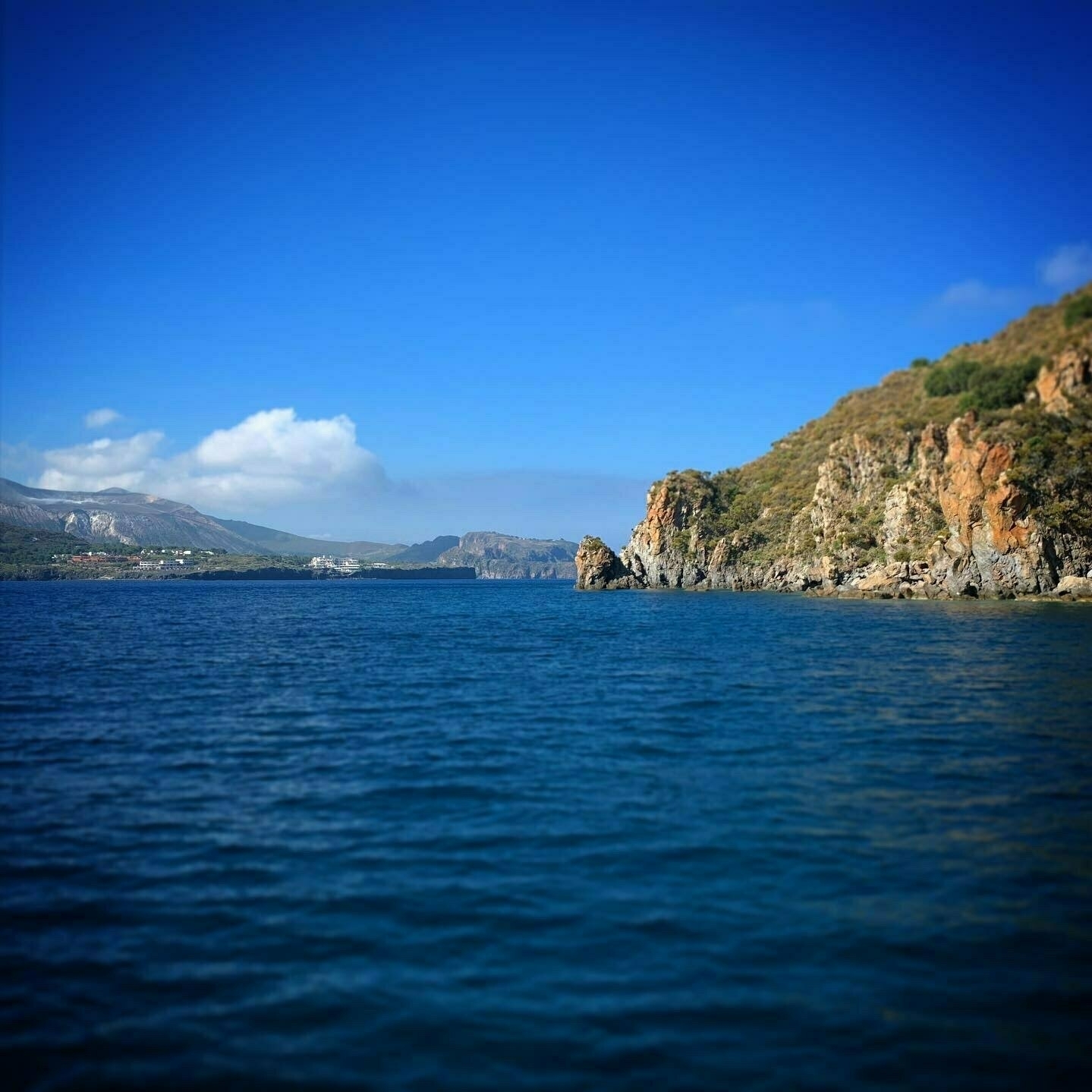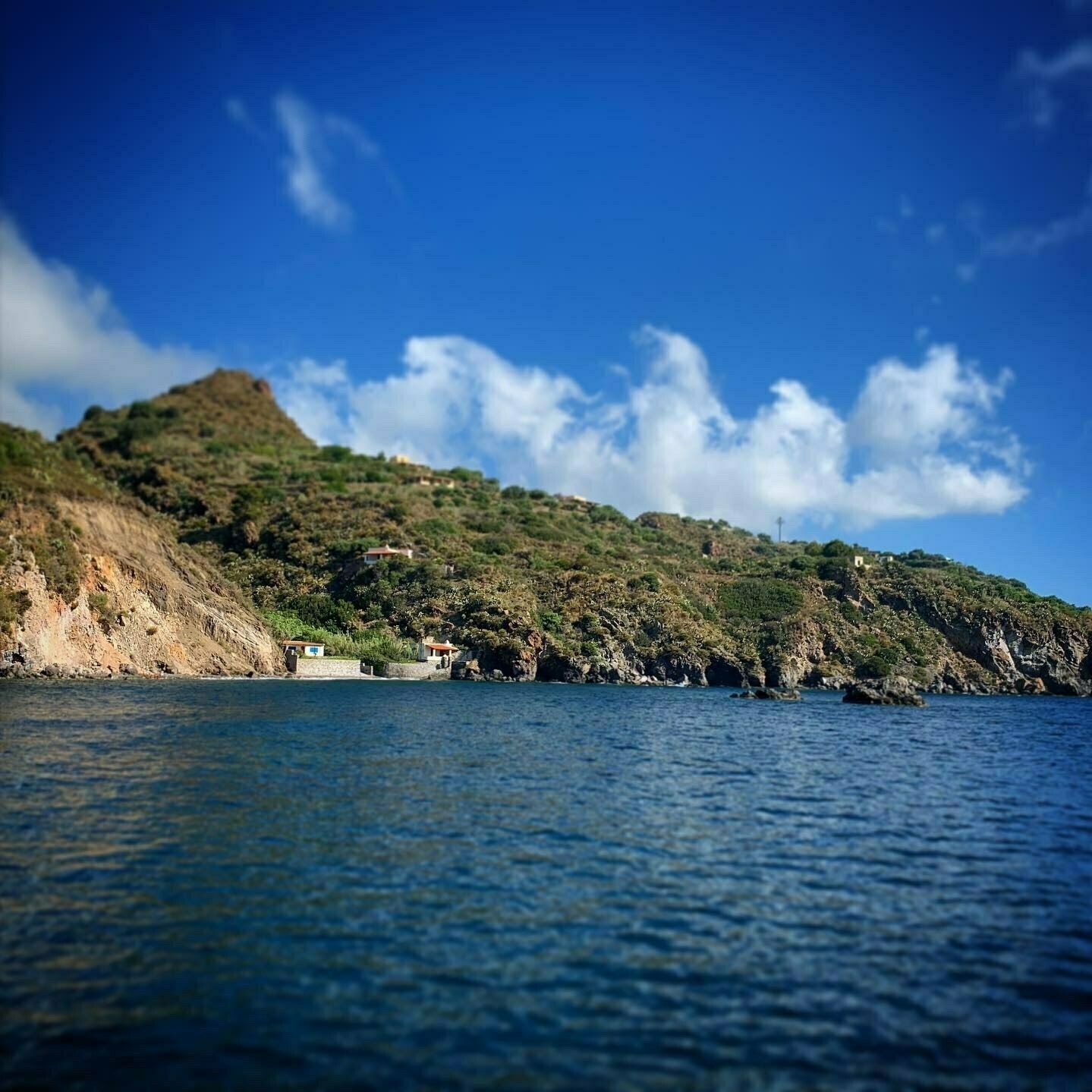After Christmas In Austin we braved Southwest Airlines and headed to Mexico—AUS✈️CUN was one of the few flights largely unaffected by the whole mess. Our last trip was late 2019, immediately before… everything.

The Yucatán Peninsula is a huge limestone karst formed millions of years ago and shaped by everything from ice age and glacial melt to meteor impact. It’s jungle landscape marked by thousands of cenotes, doorways into another realm, many of them woven into the life and mythology of the Maya.
Once dry, the cave systems are full of beautiful speleological decorations, the remains of ancient mega fauna, fire pits and artefacts from another lifetime, and sometimes the people that may have inhabited them.
We spent two weeks diving and exploring this beautiful world.
I have far too much video to sort though—I’ll post some short clips in the future—perhaps some photos will help explain the draw.
The first rule of cave diving is to always have a continuous guideline to the open water.
Once inside, it’s dark, eery, and beautiful. The lights you have with you the only source of illumination.
One of the most beautiful sites in caves close to the sea is the halocline, an area where the inland fresh water mixes with salt water from the ocean—beautiful and sometimes frustrating when you’re in the rocking chair.
As always, I’m counting the days until we head back to the Mayan Underworld.
